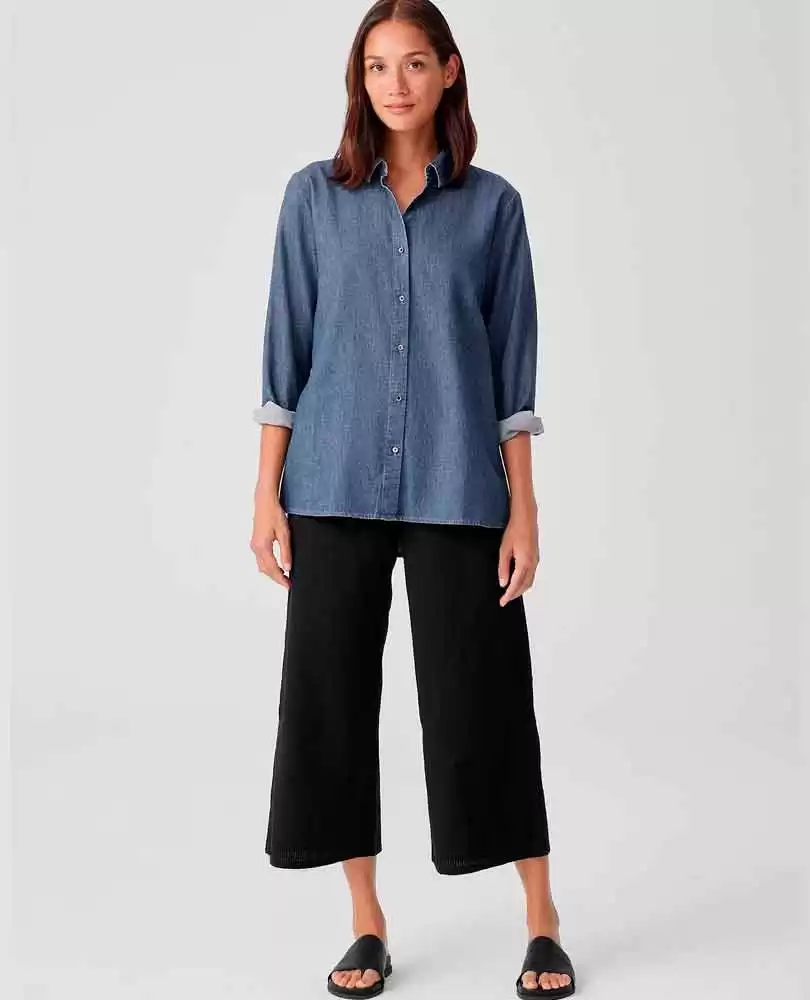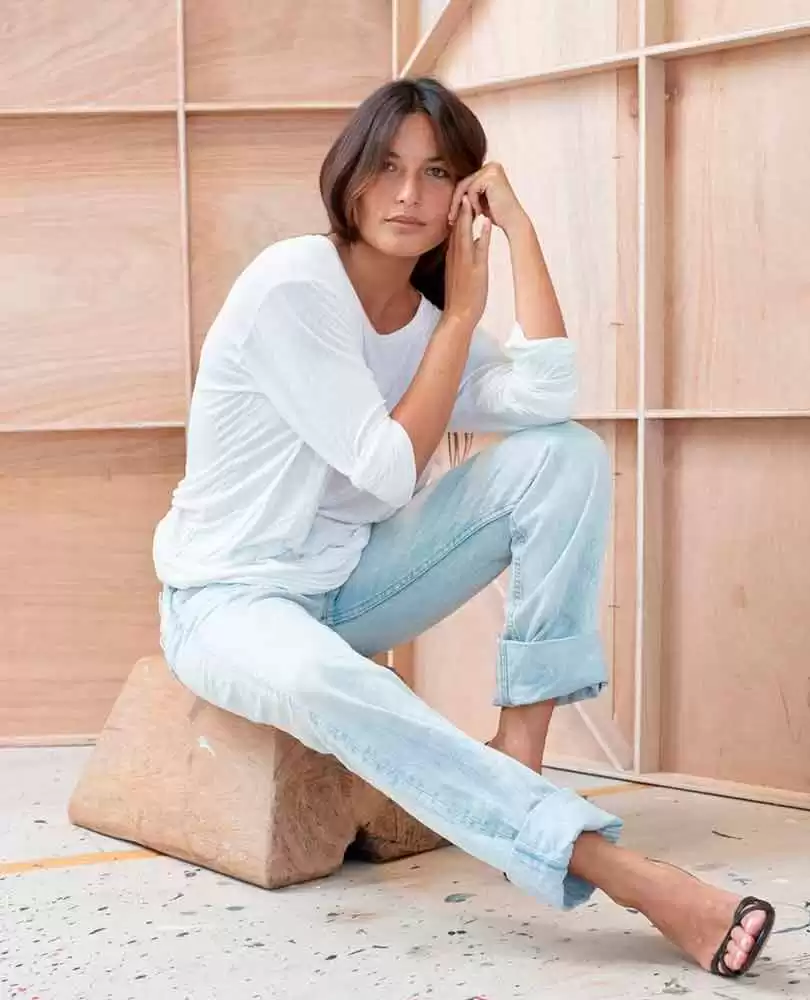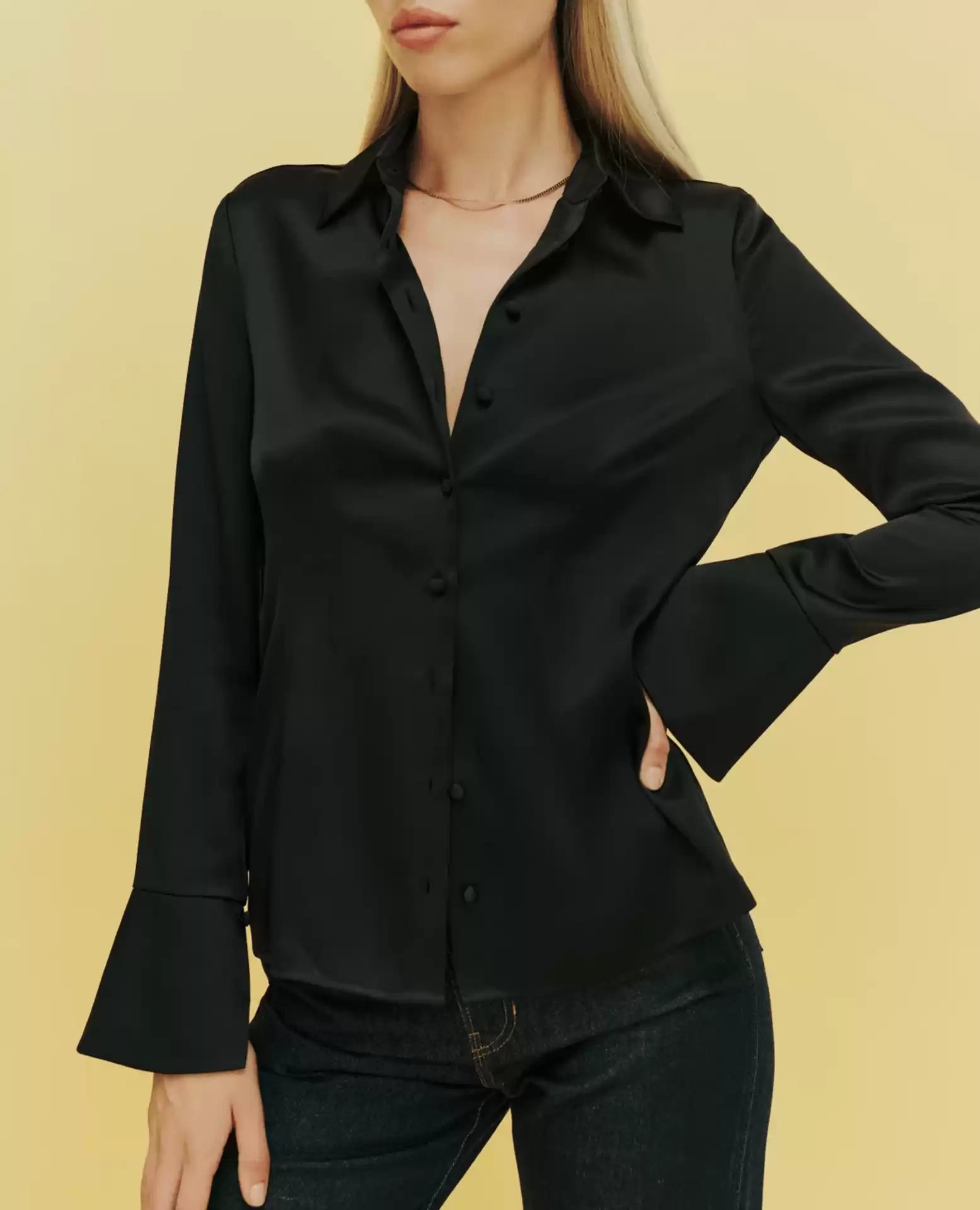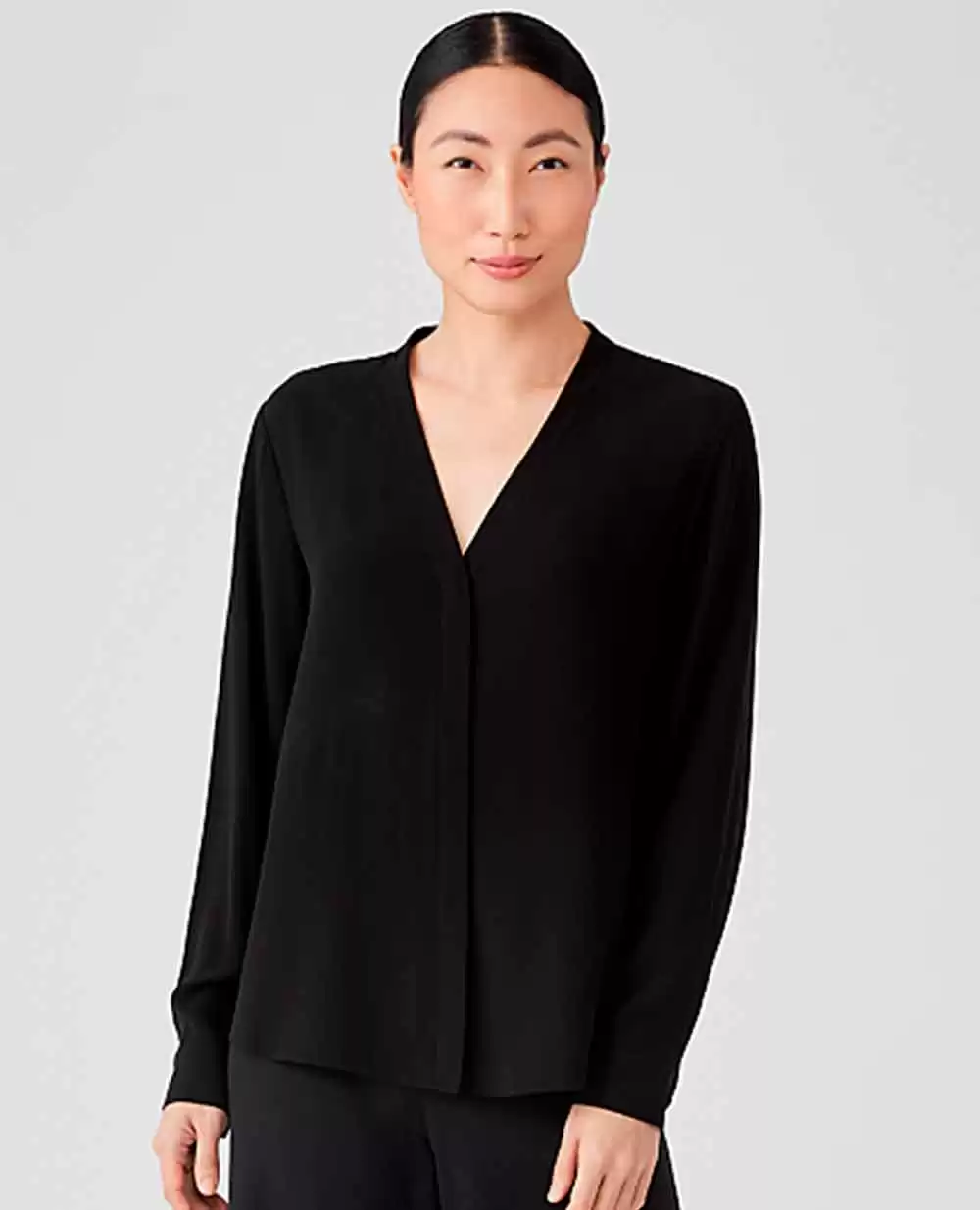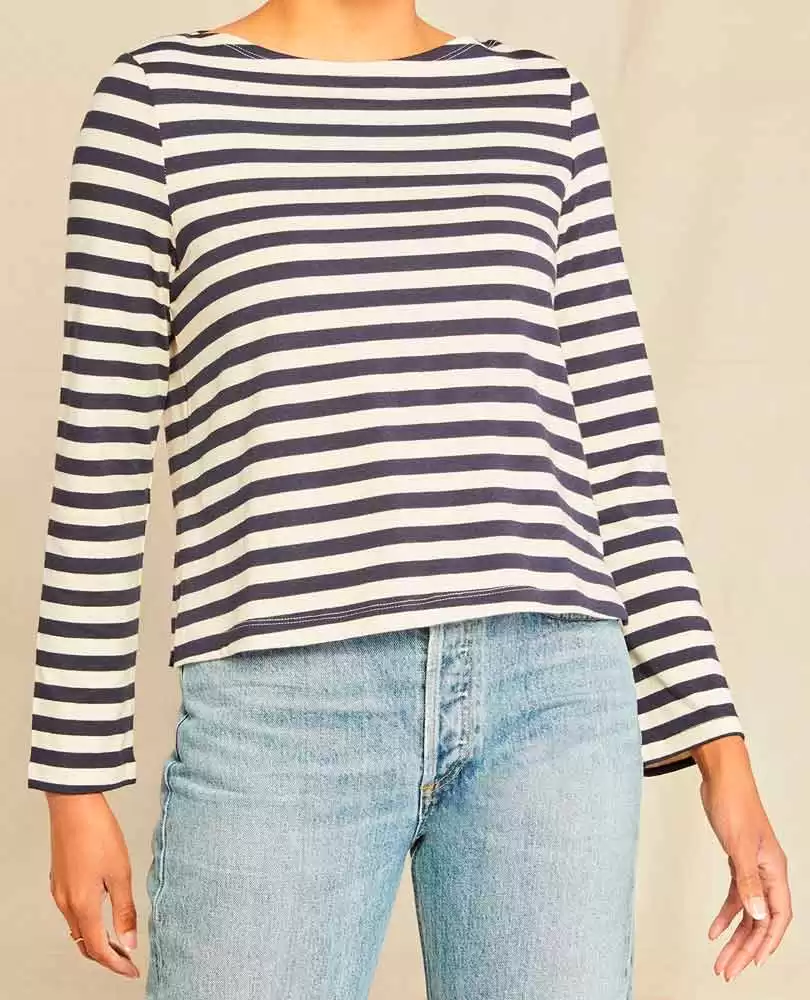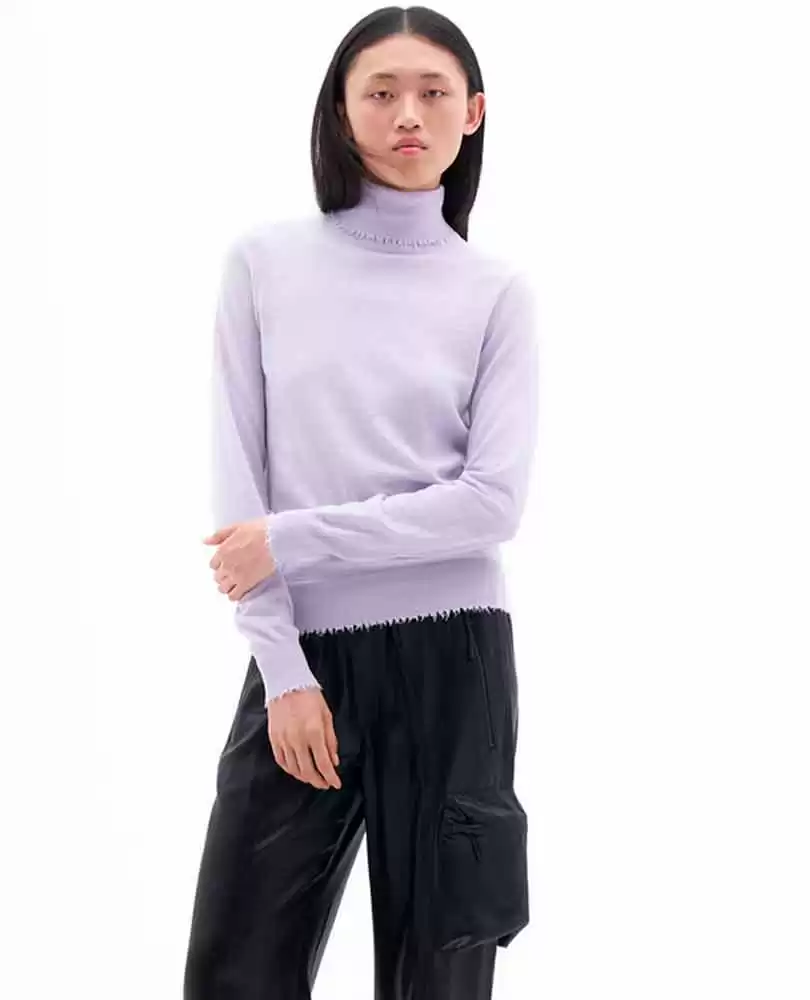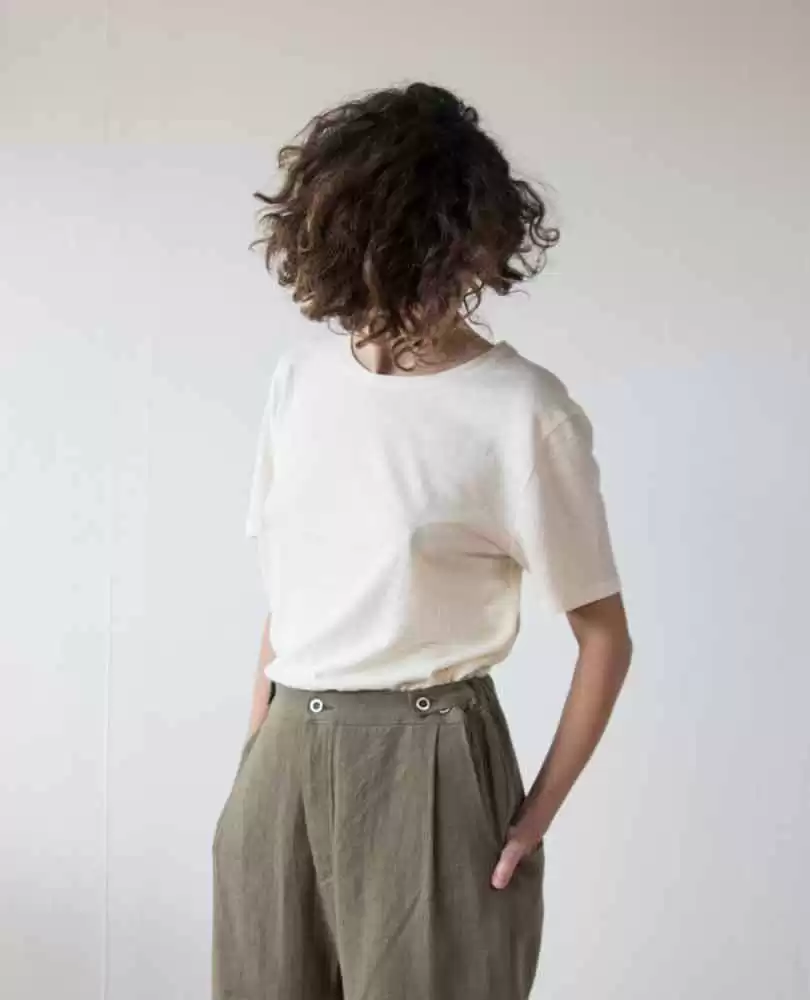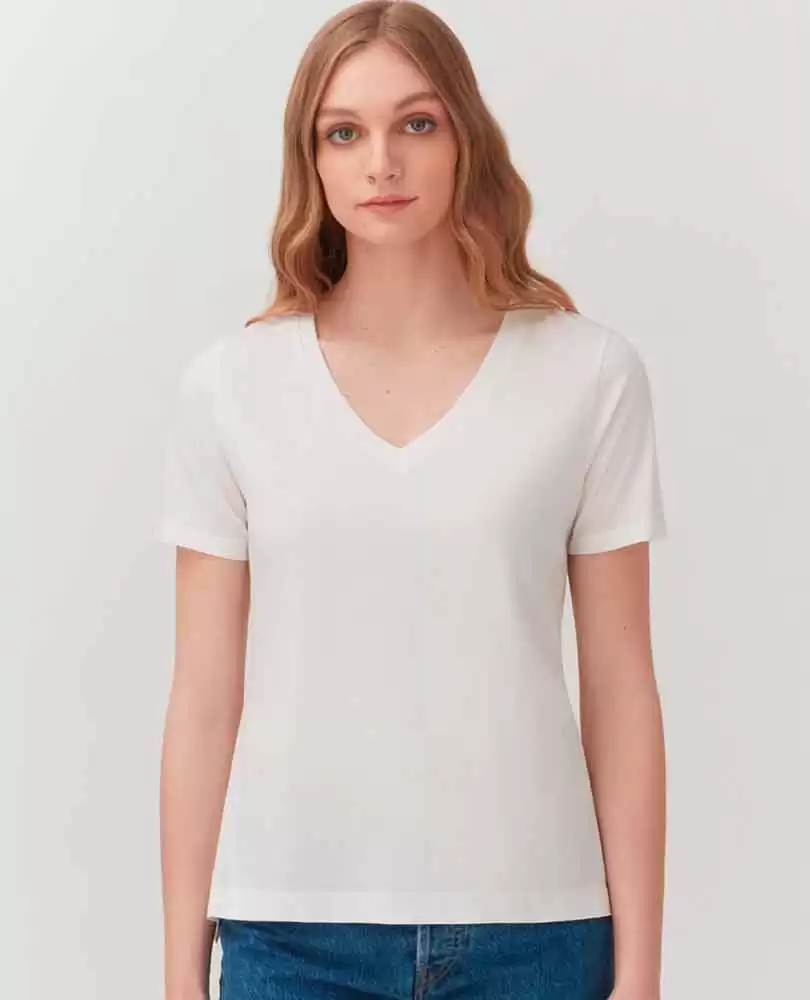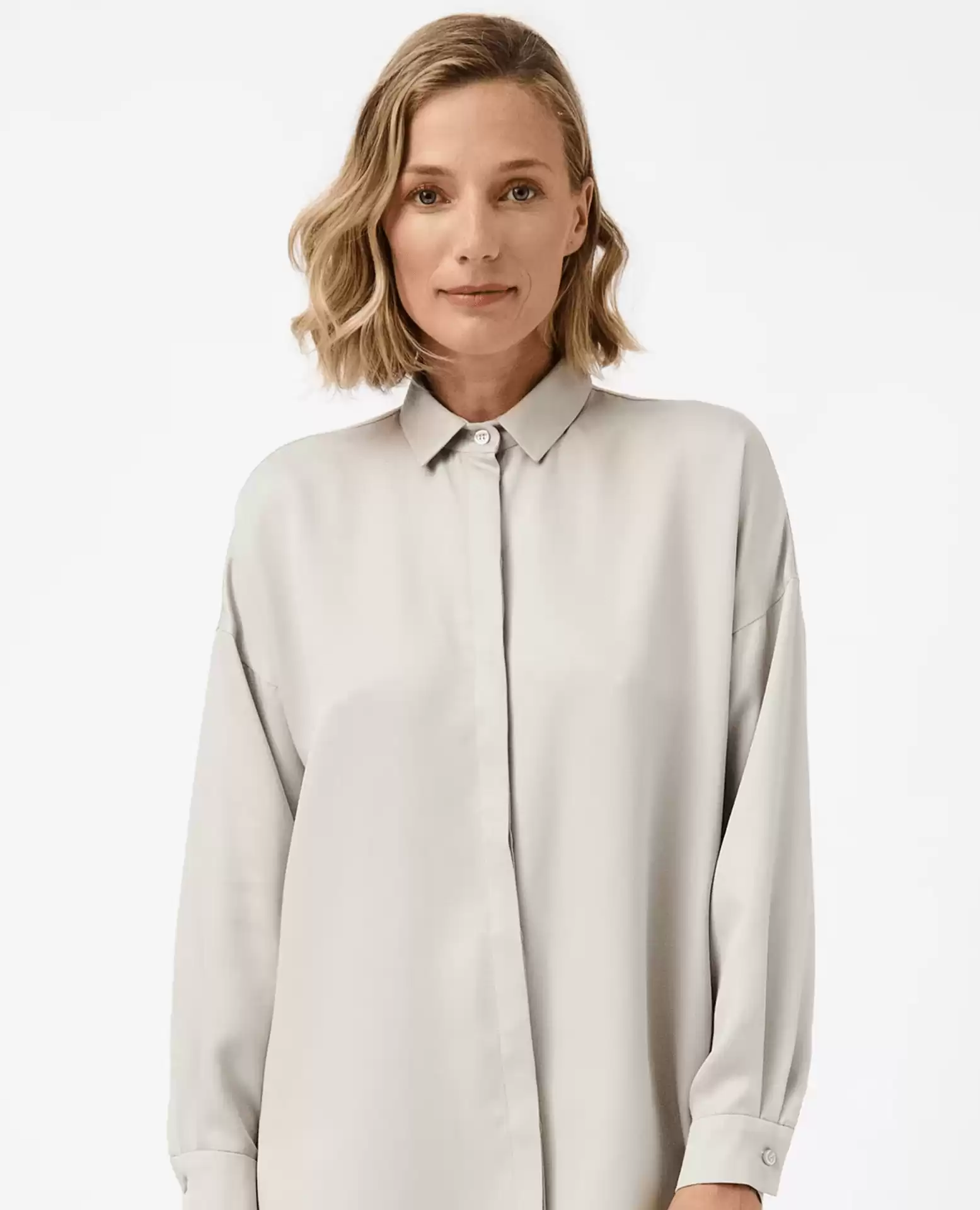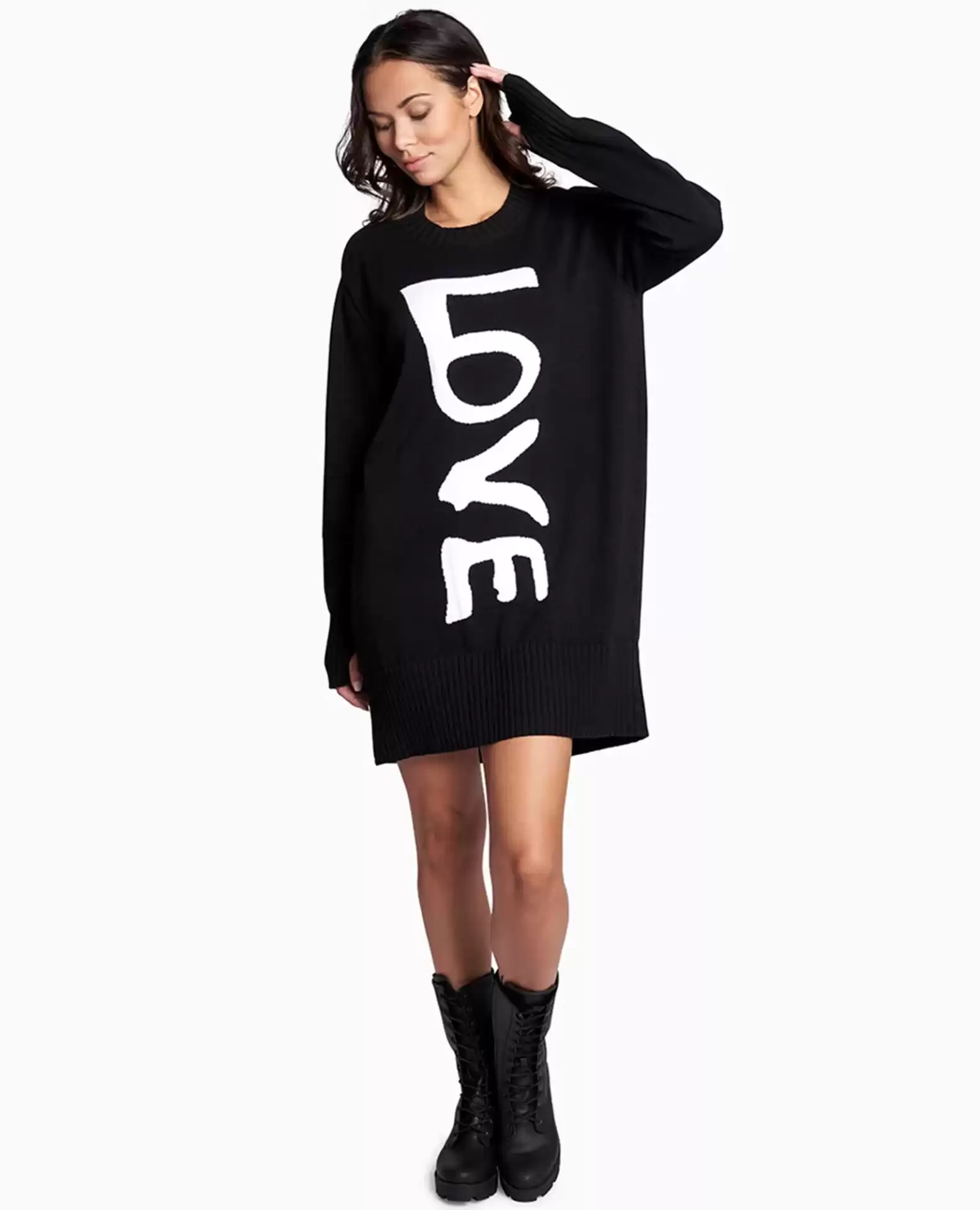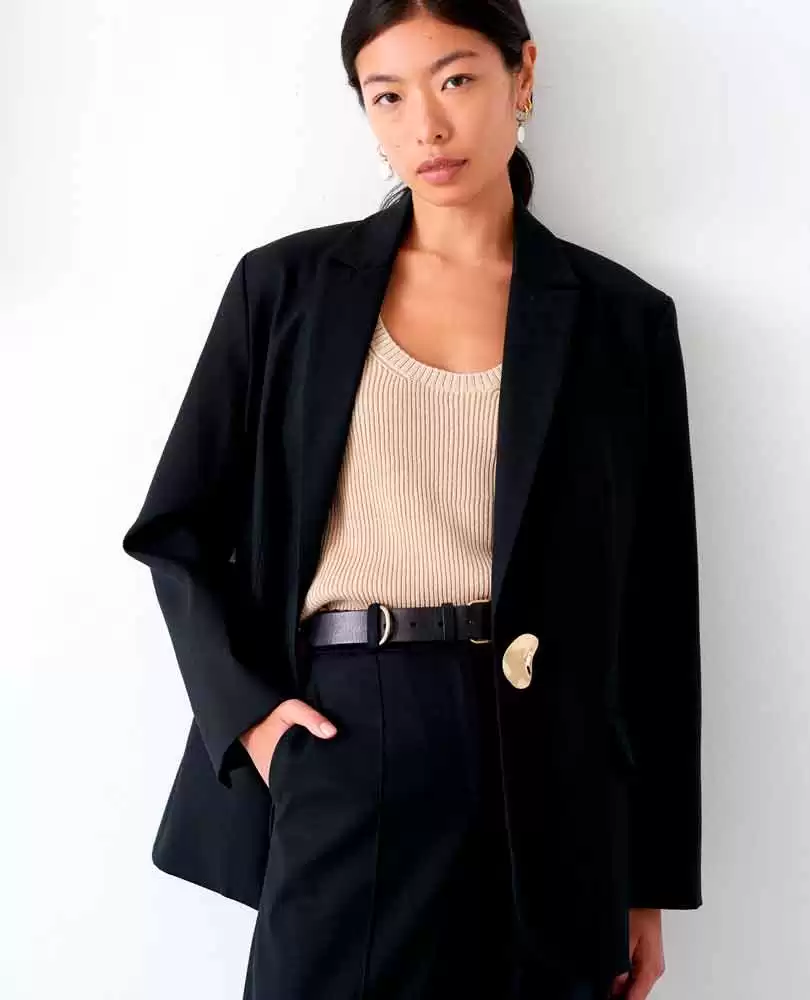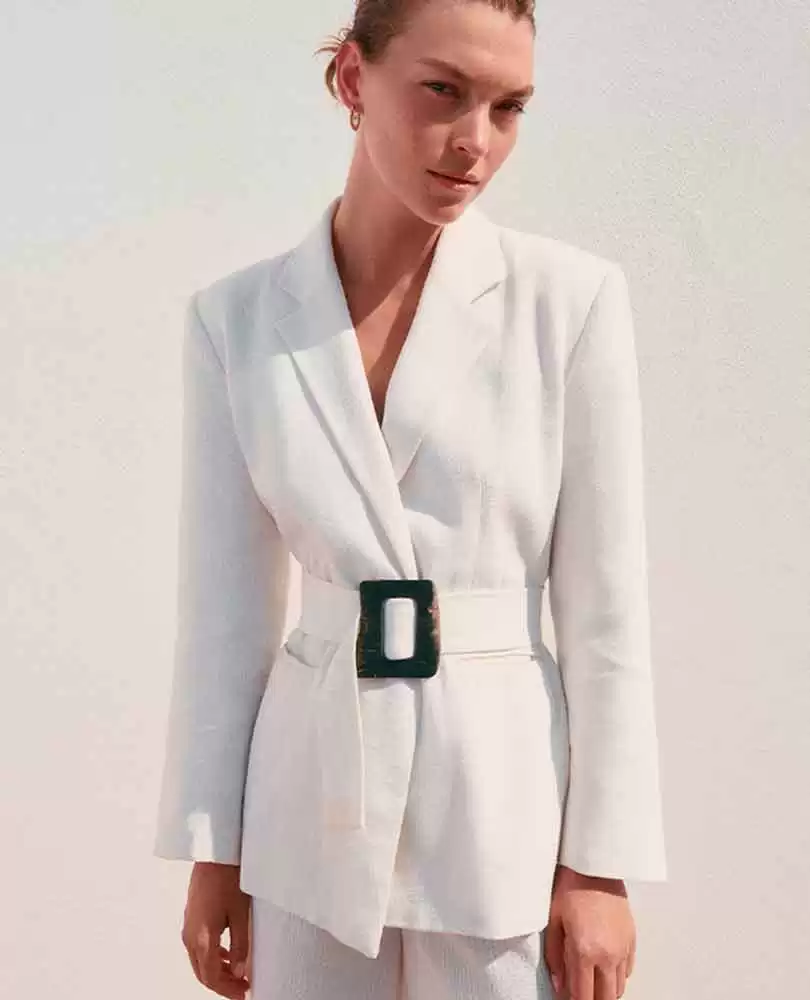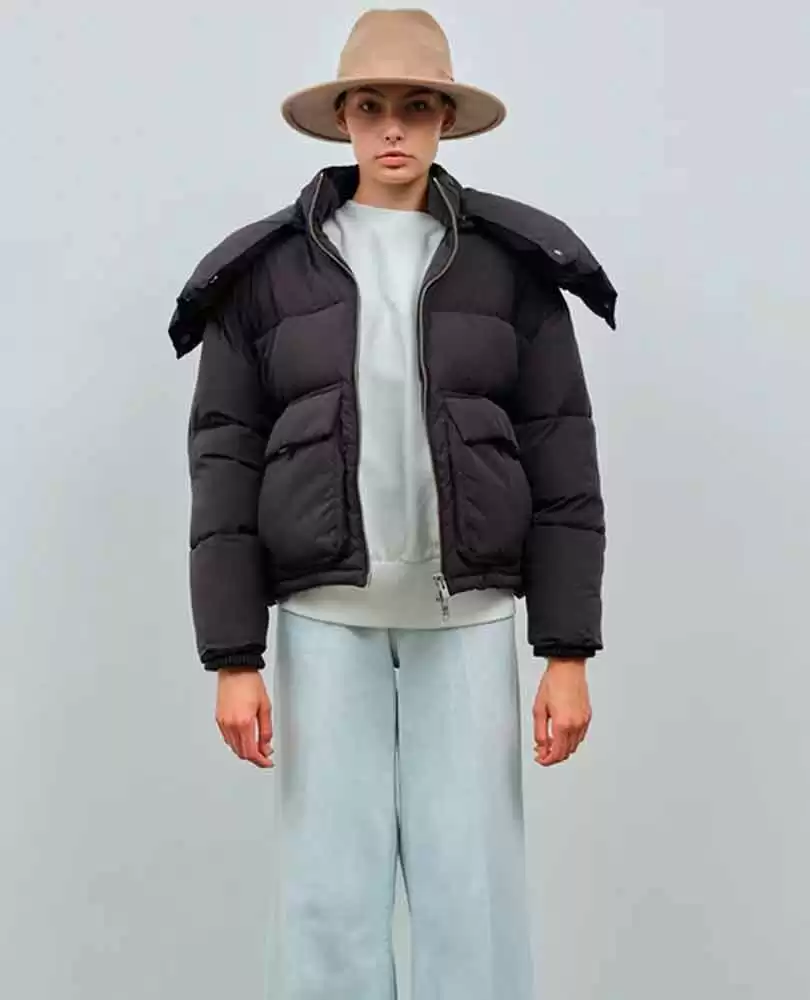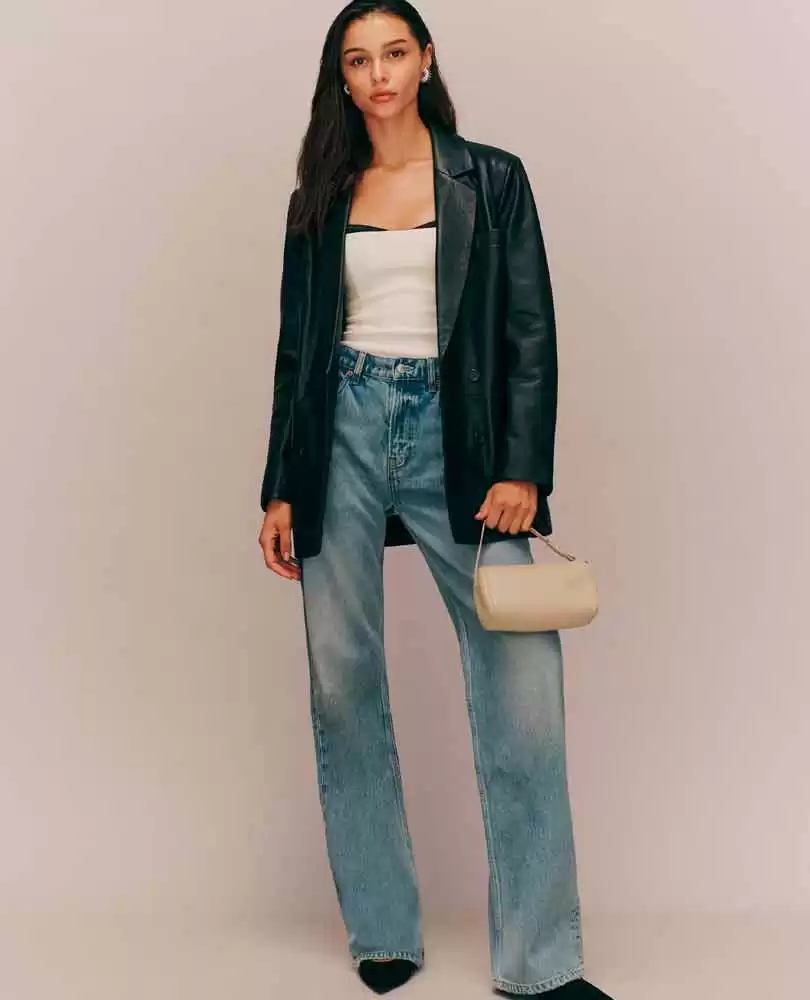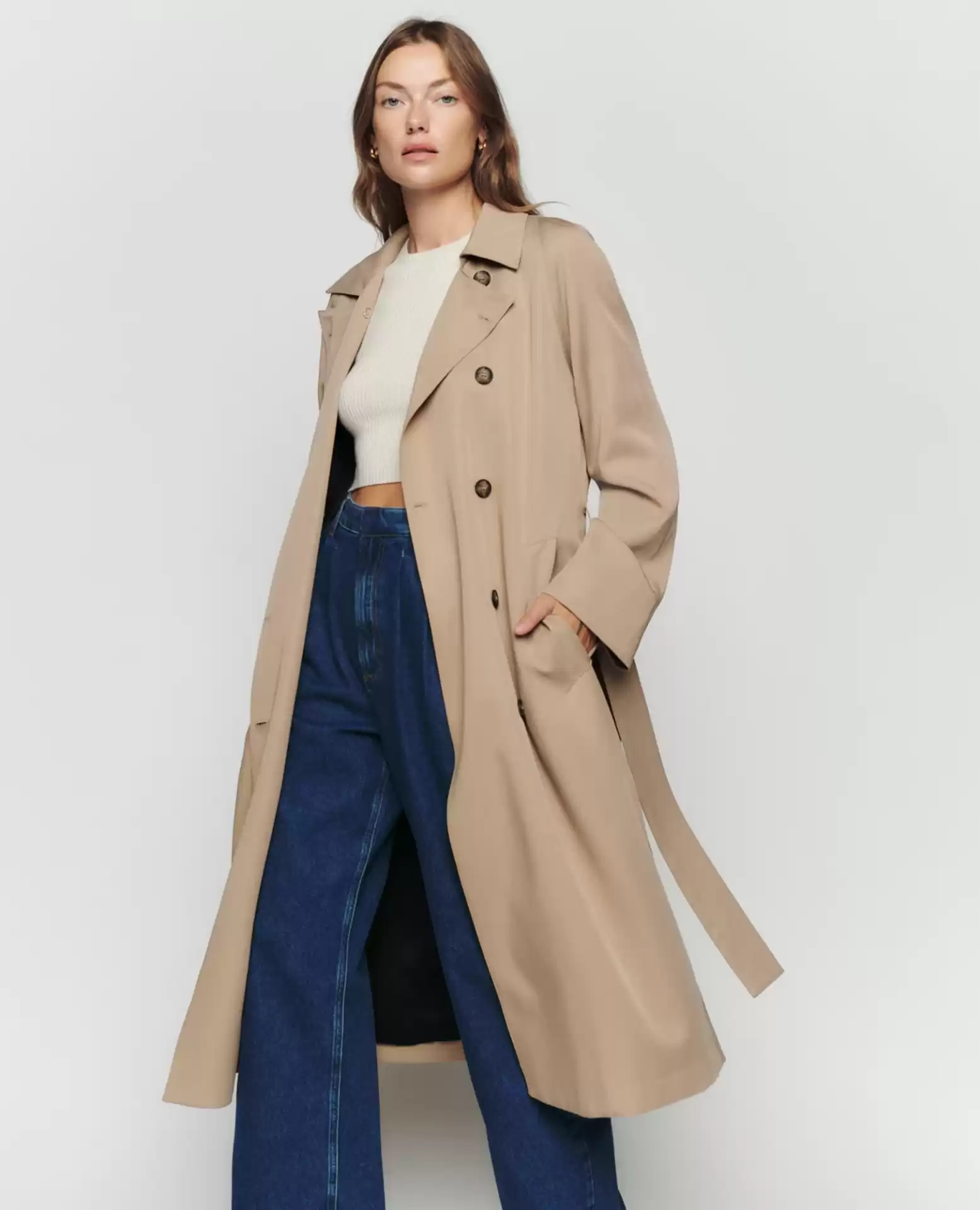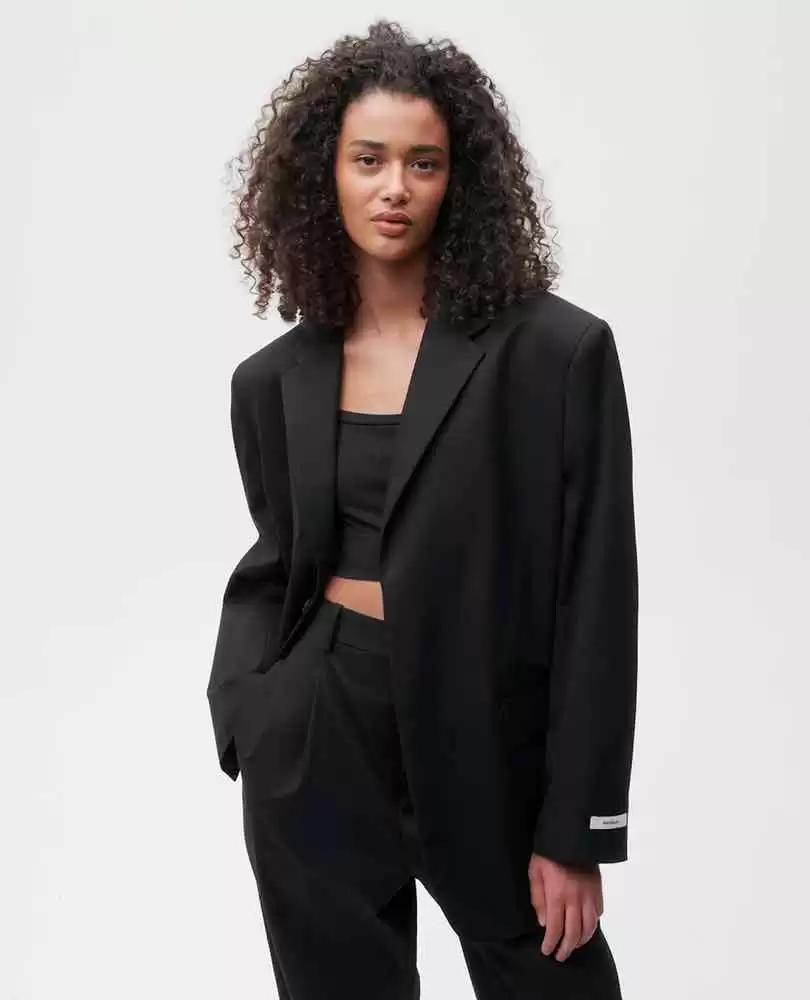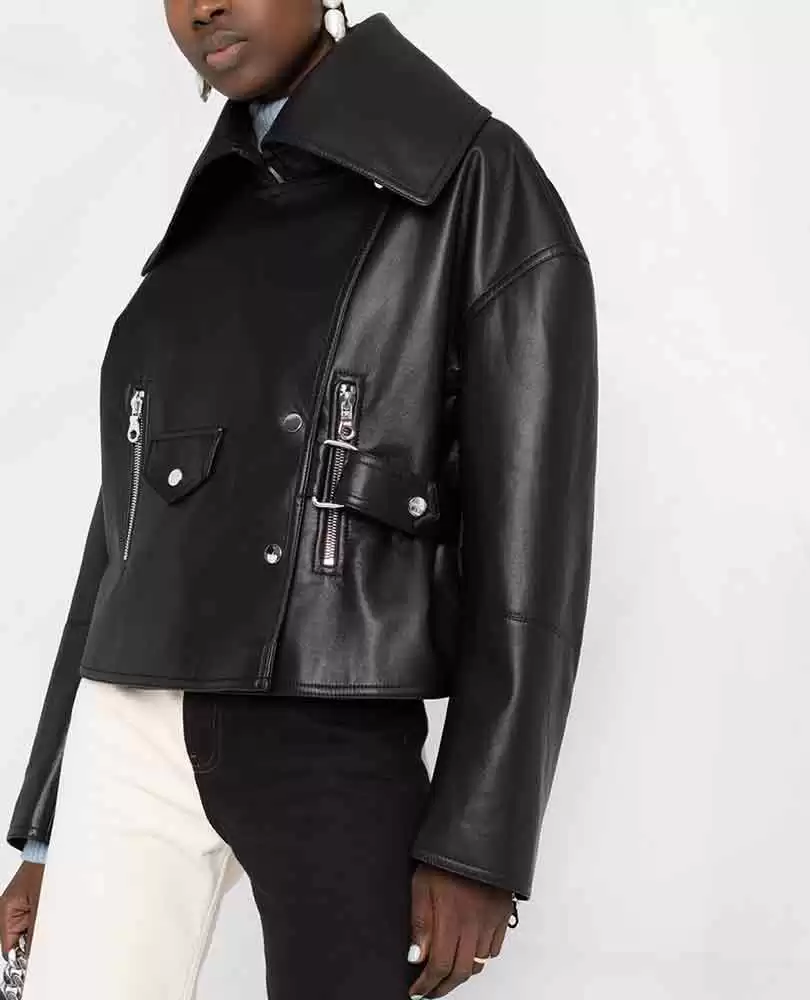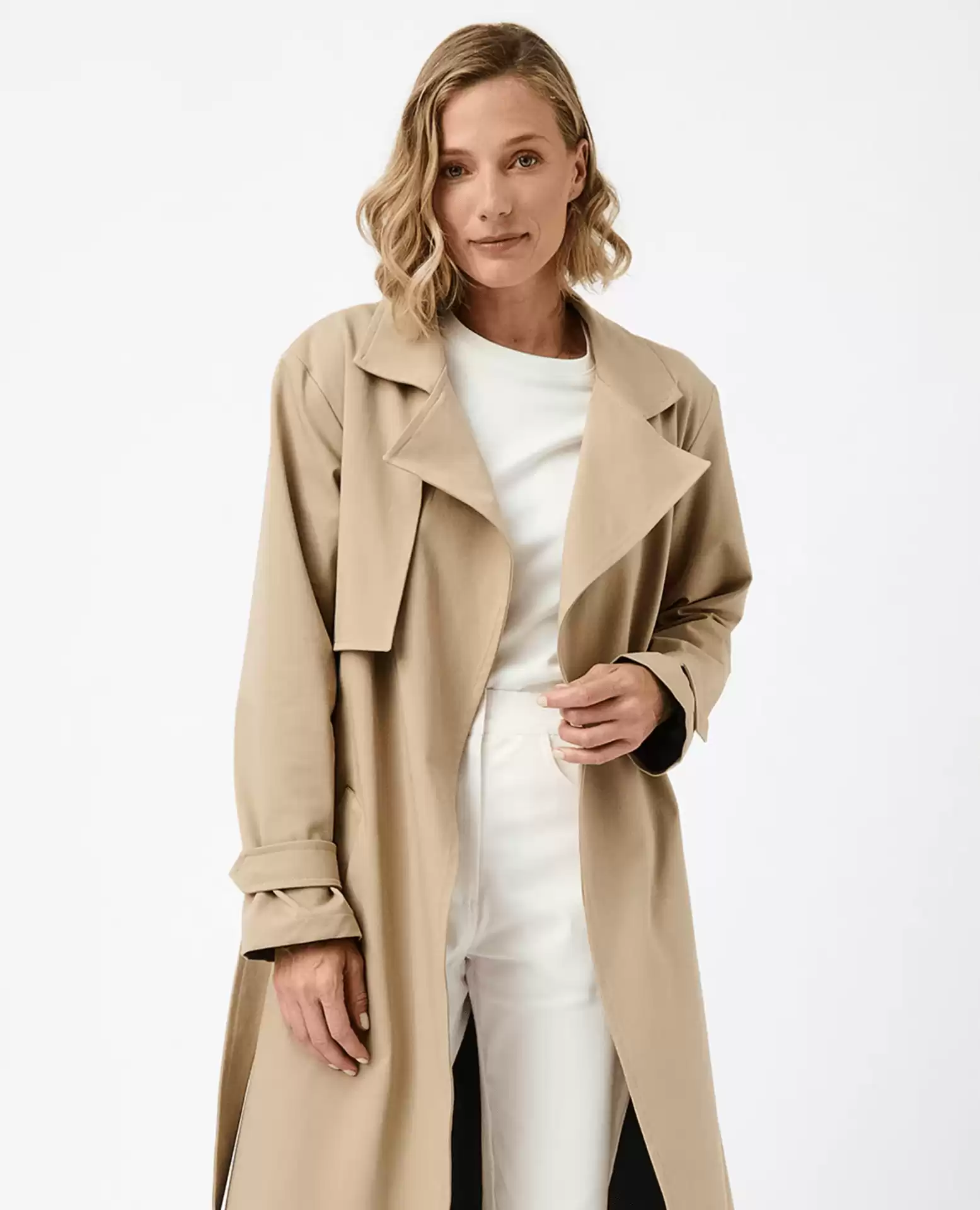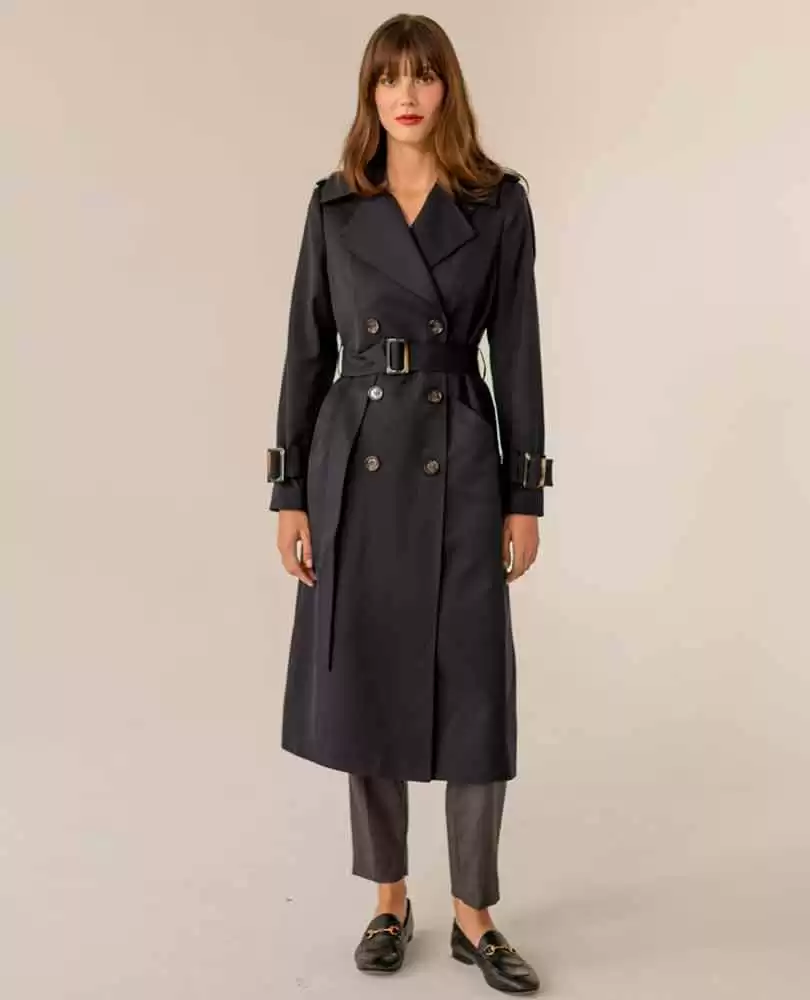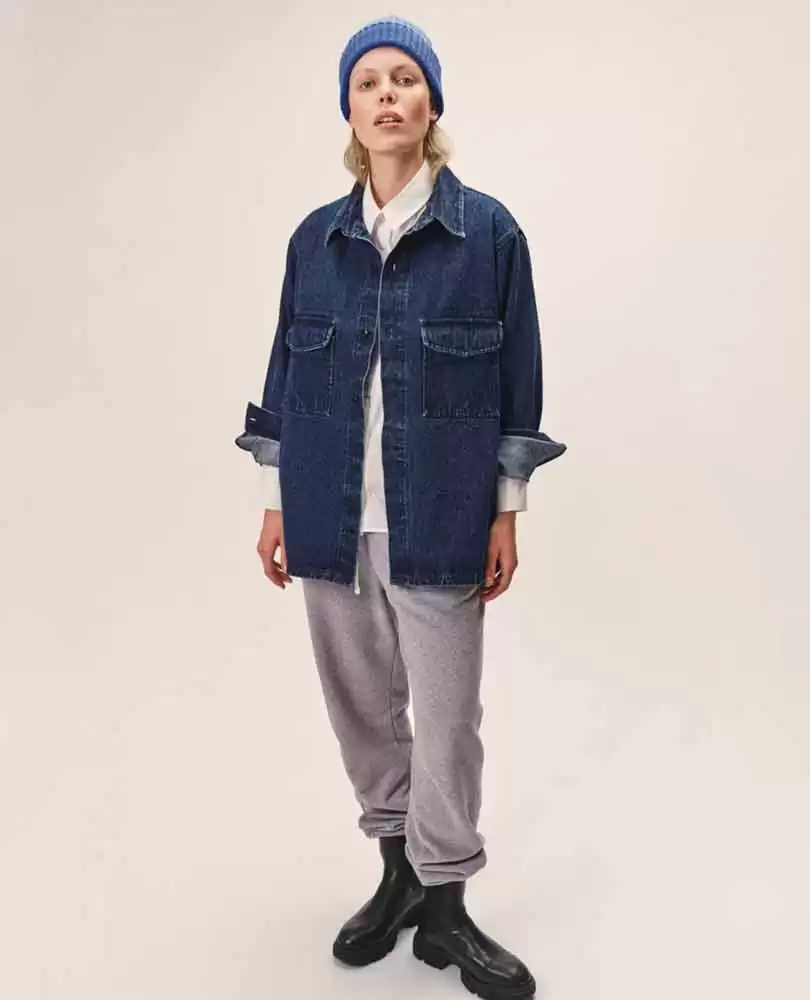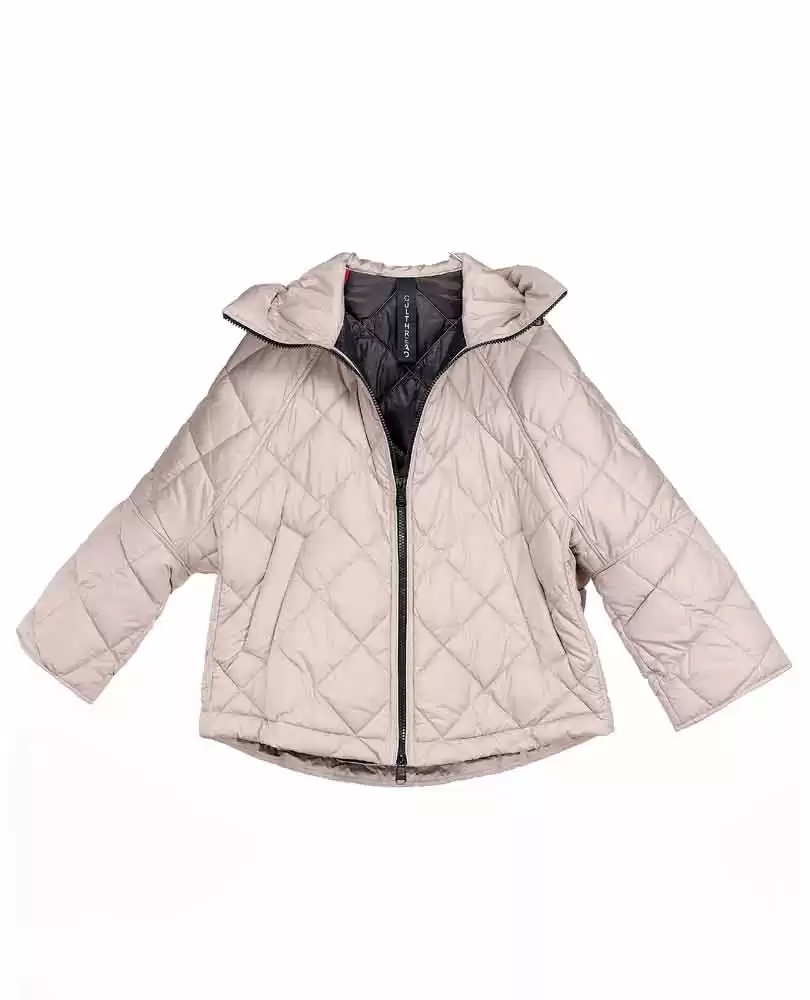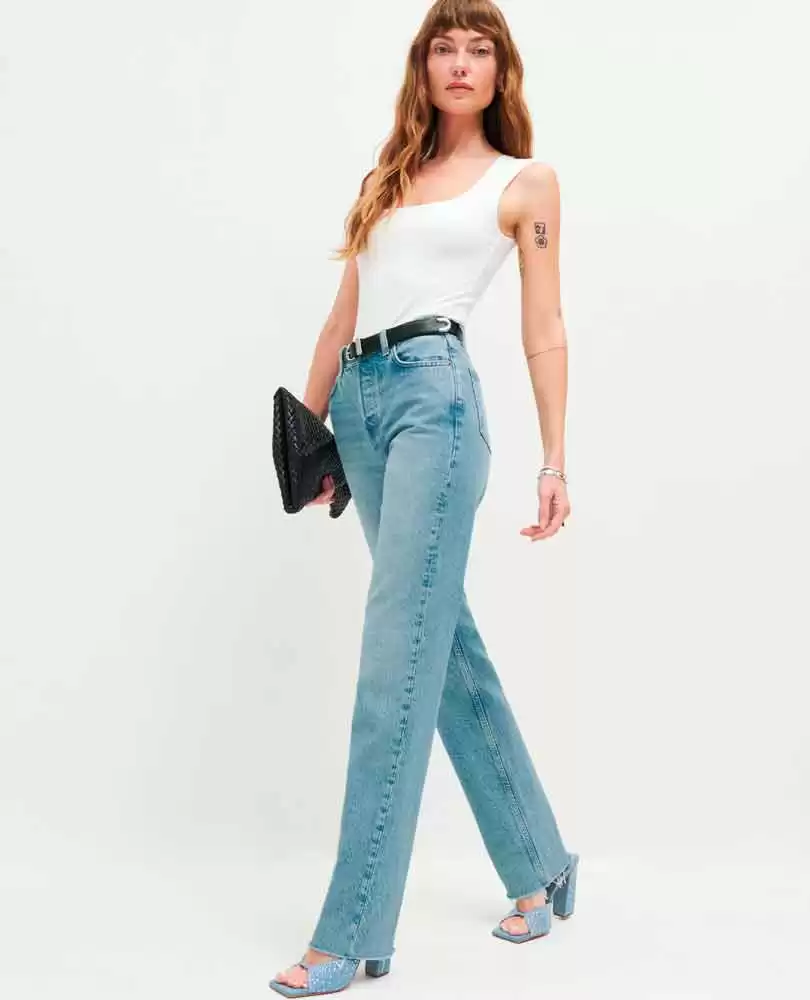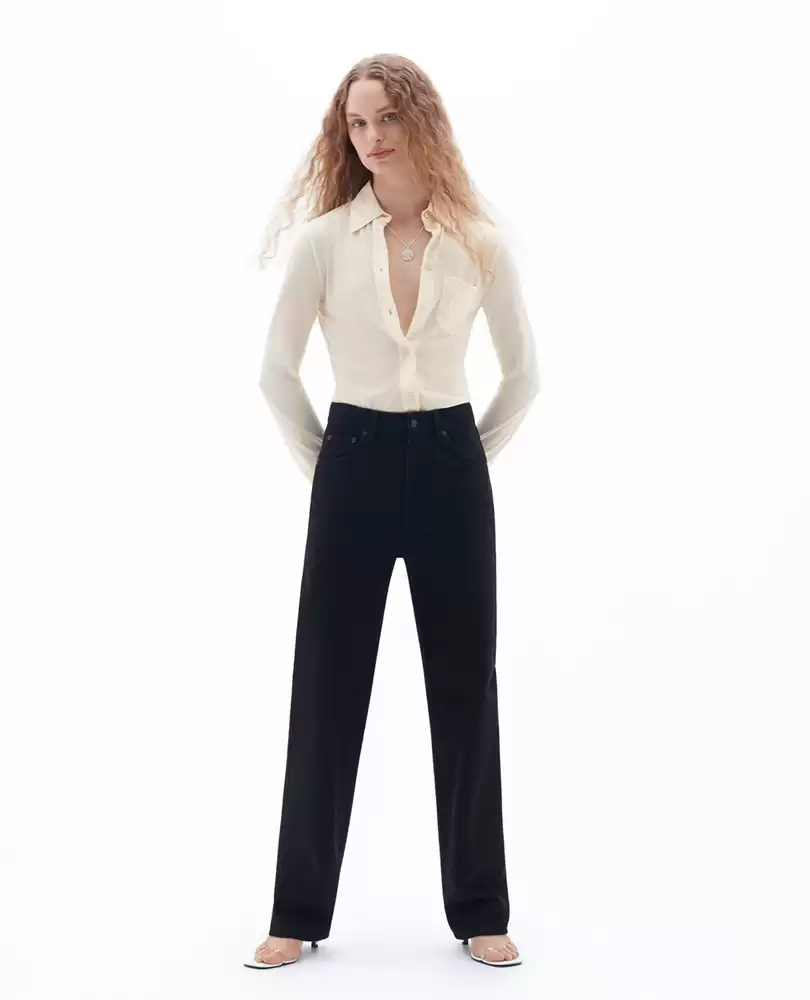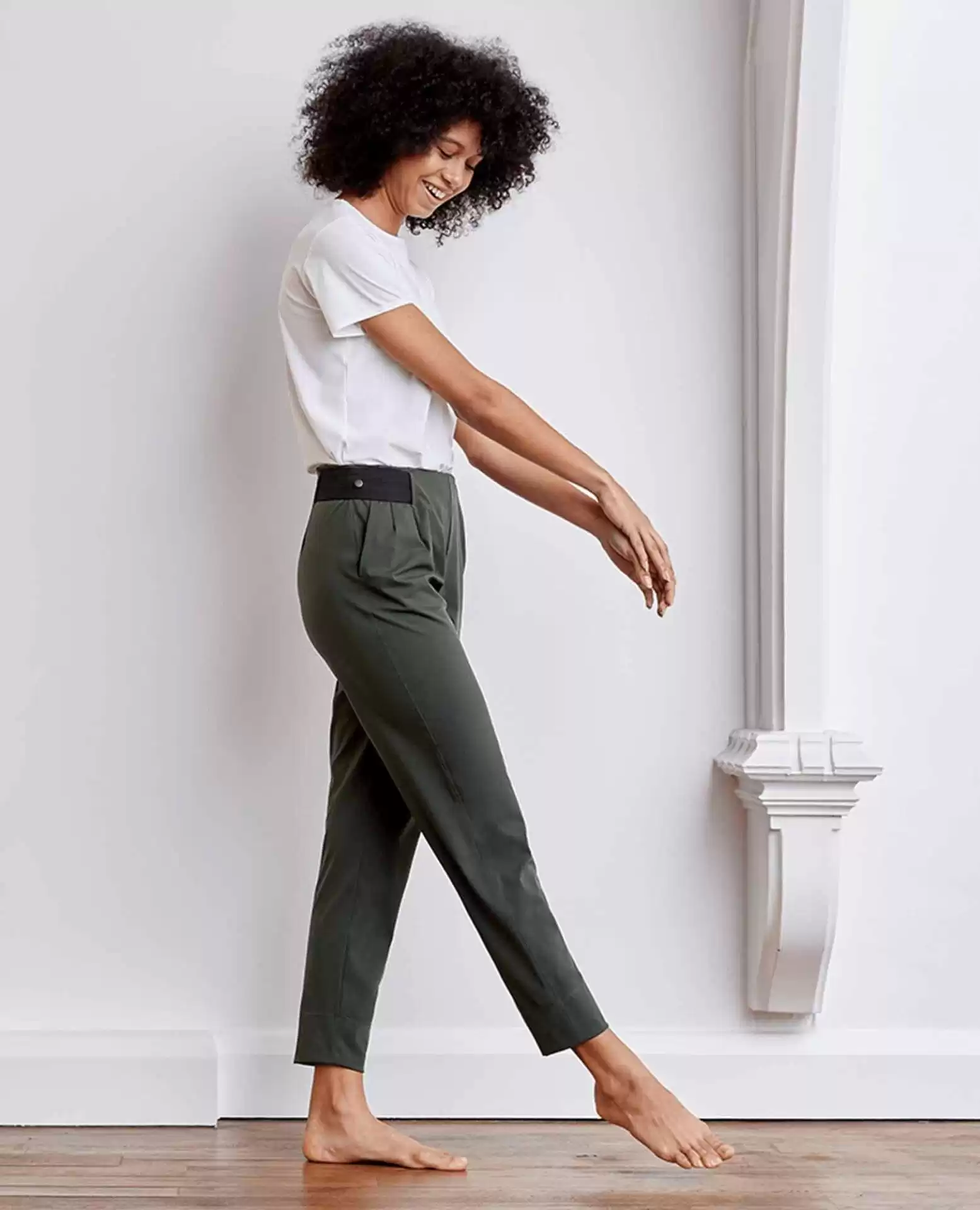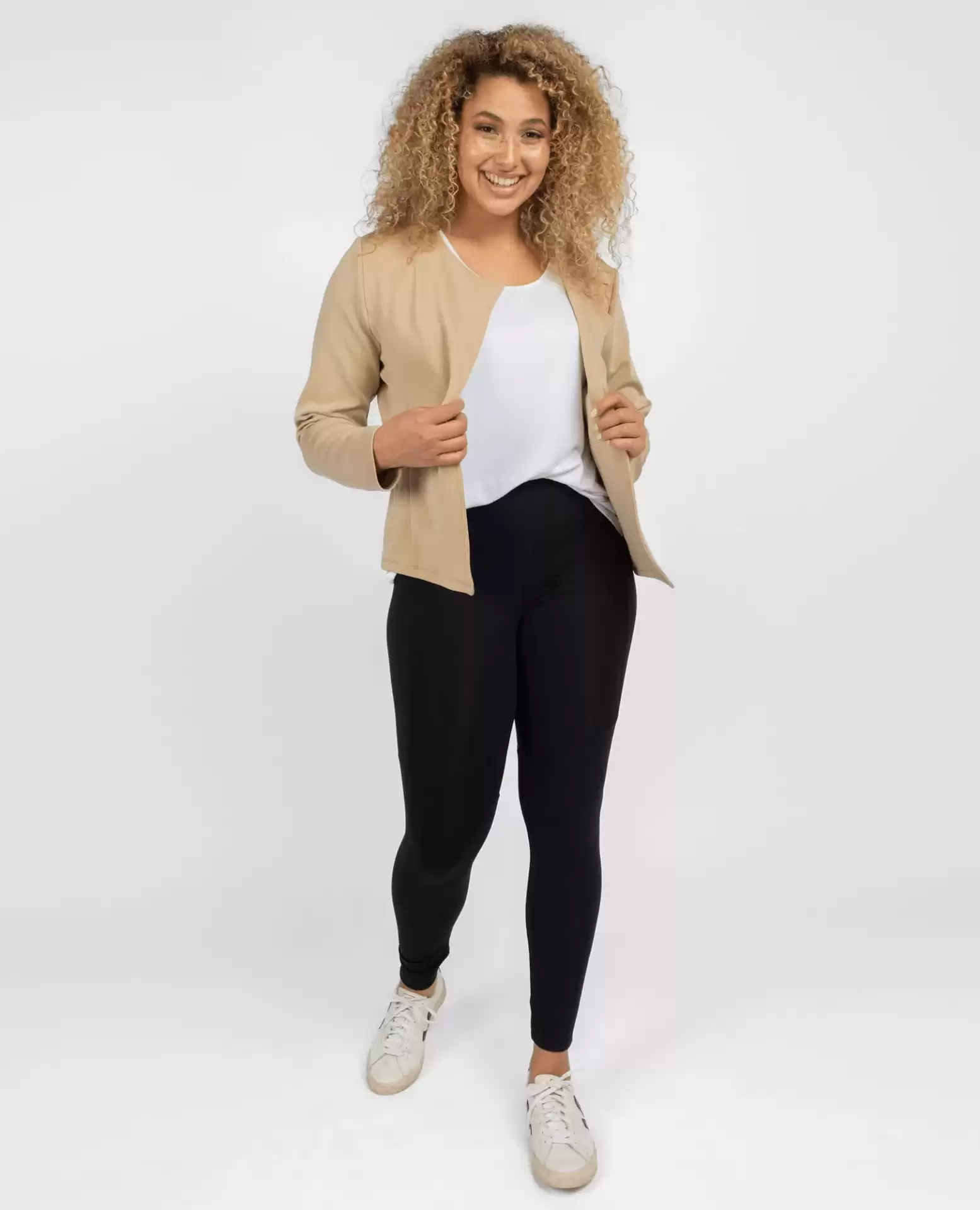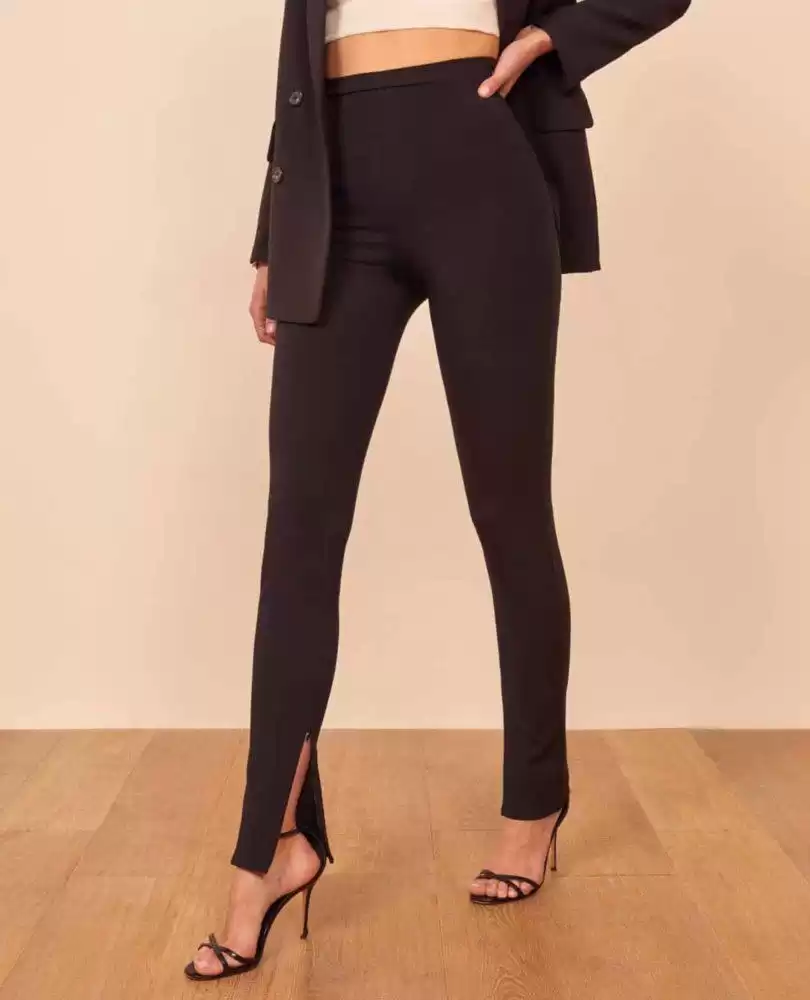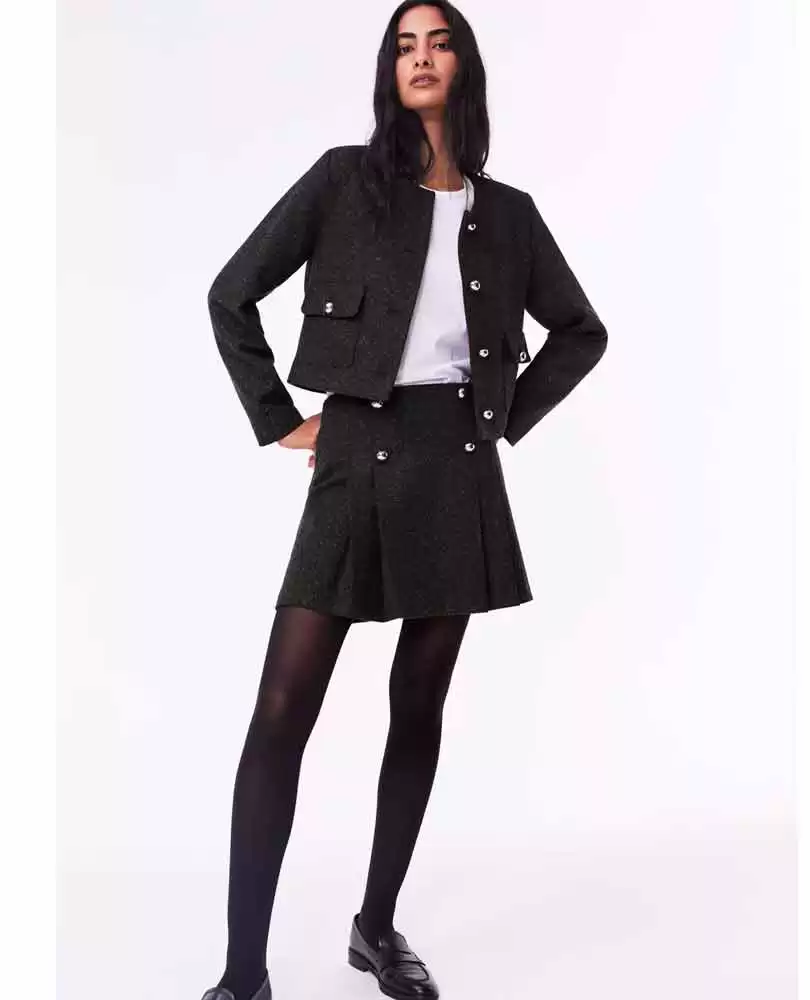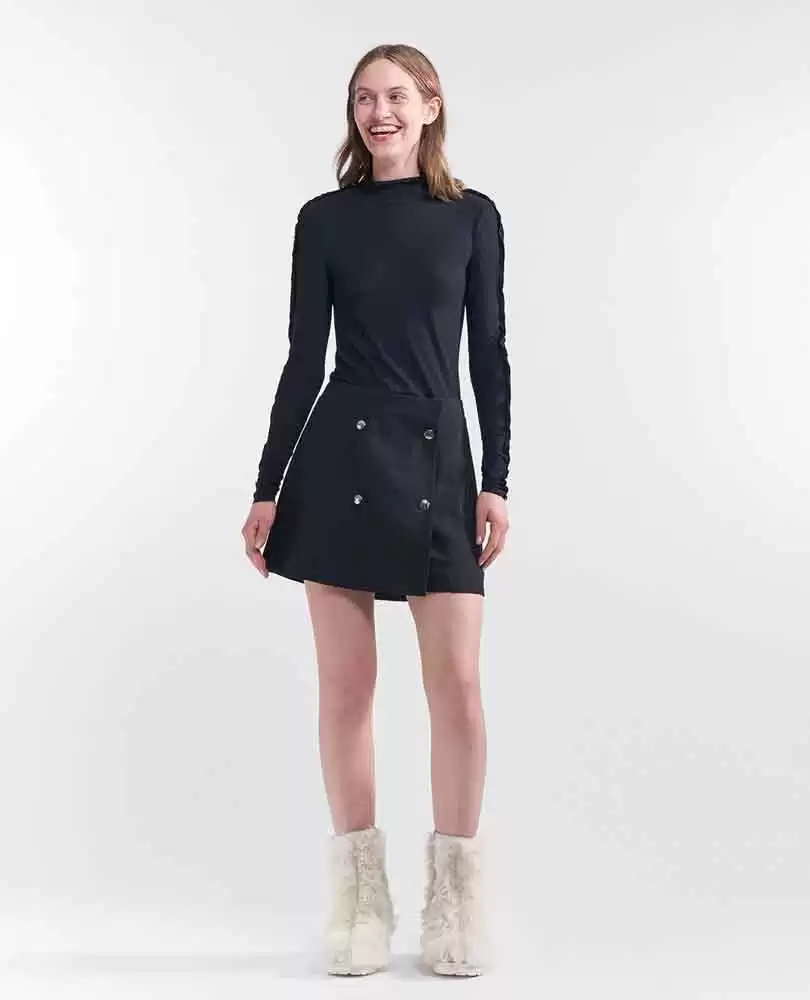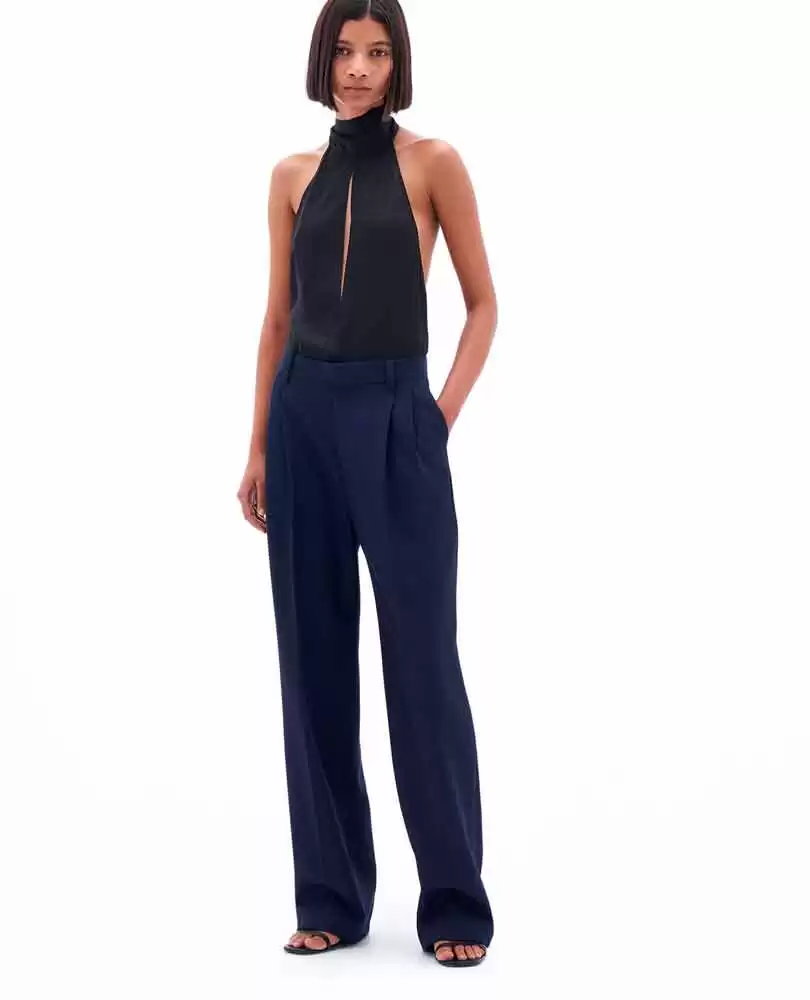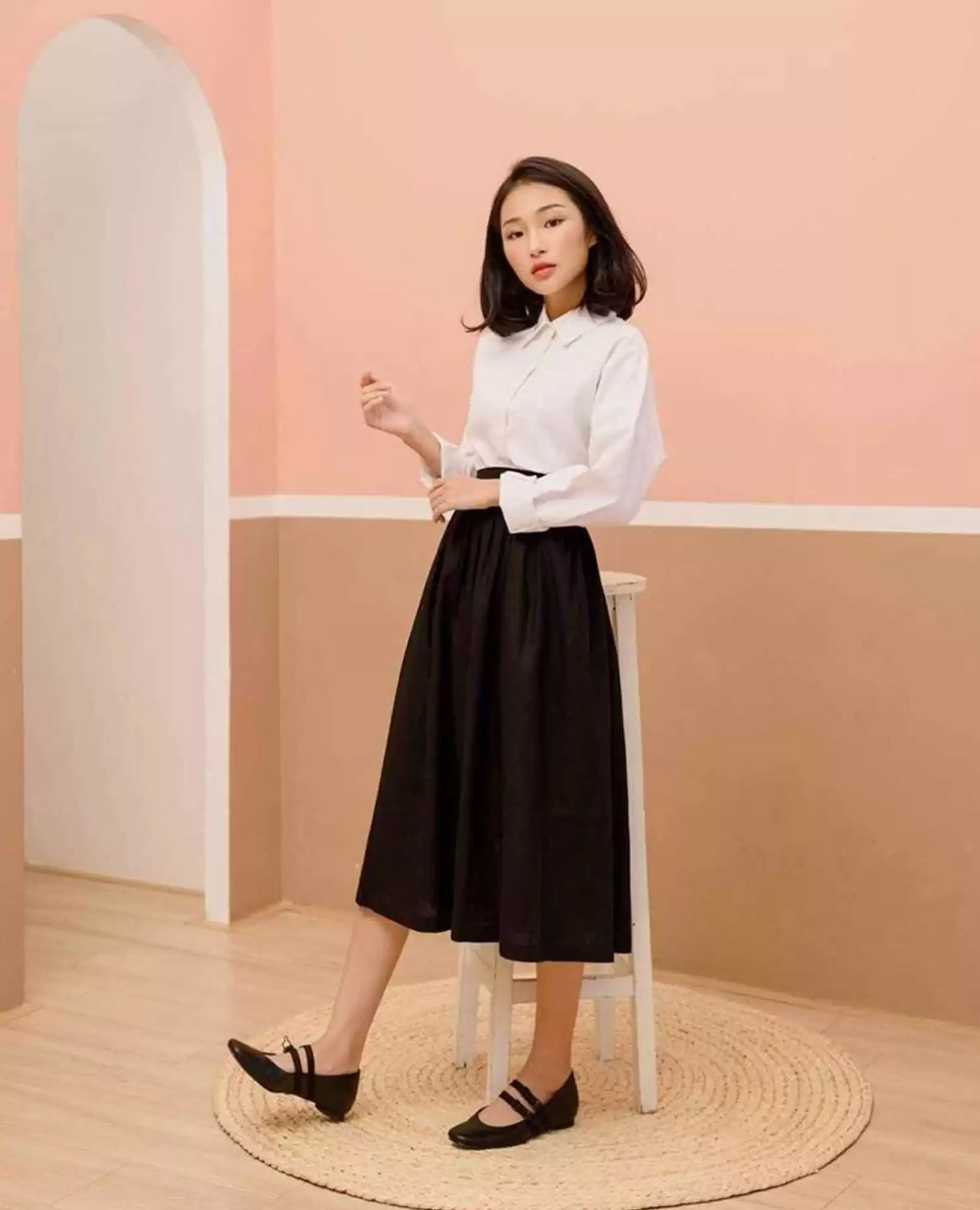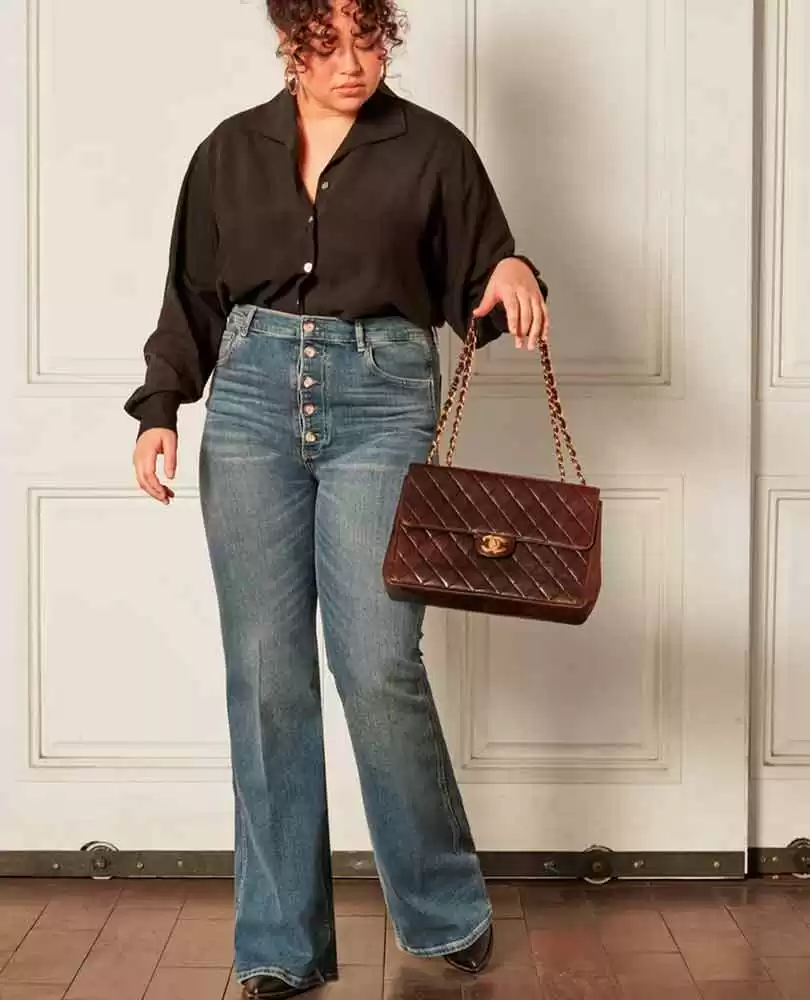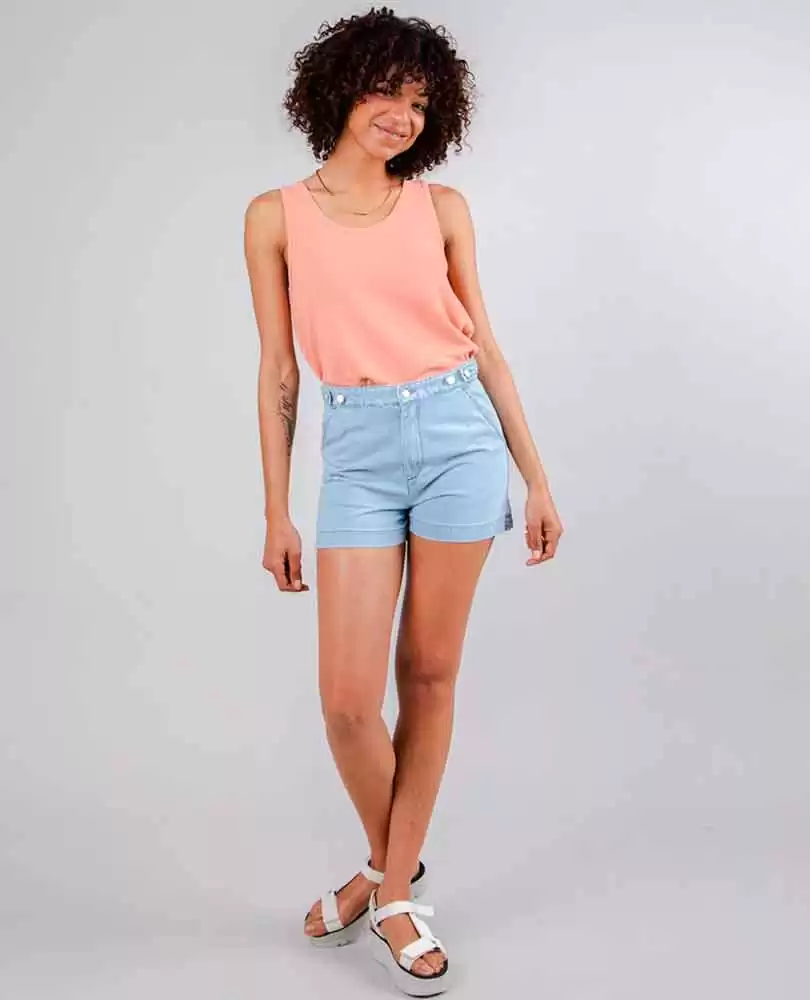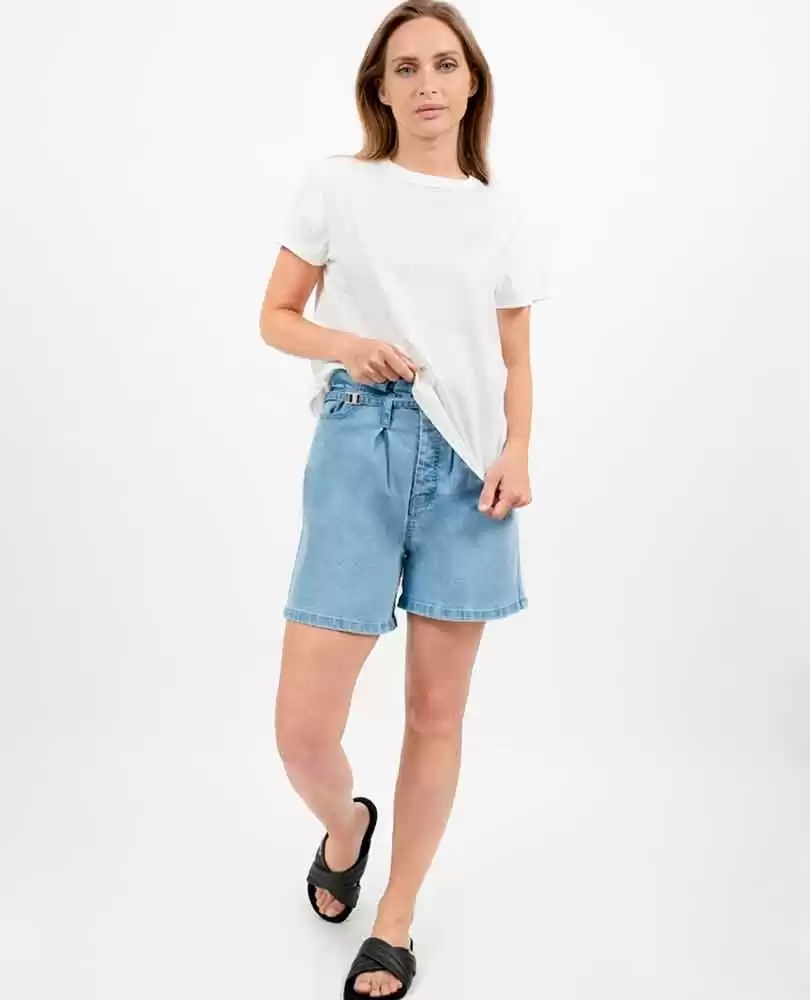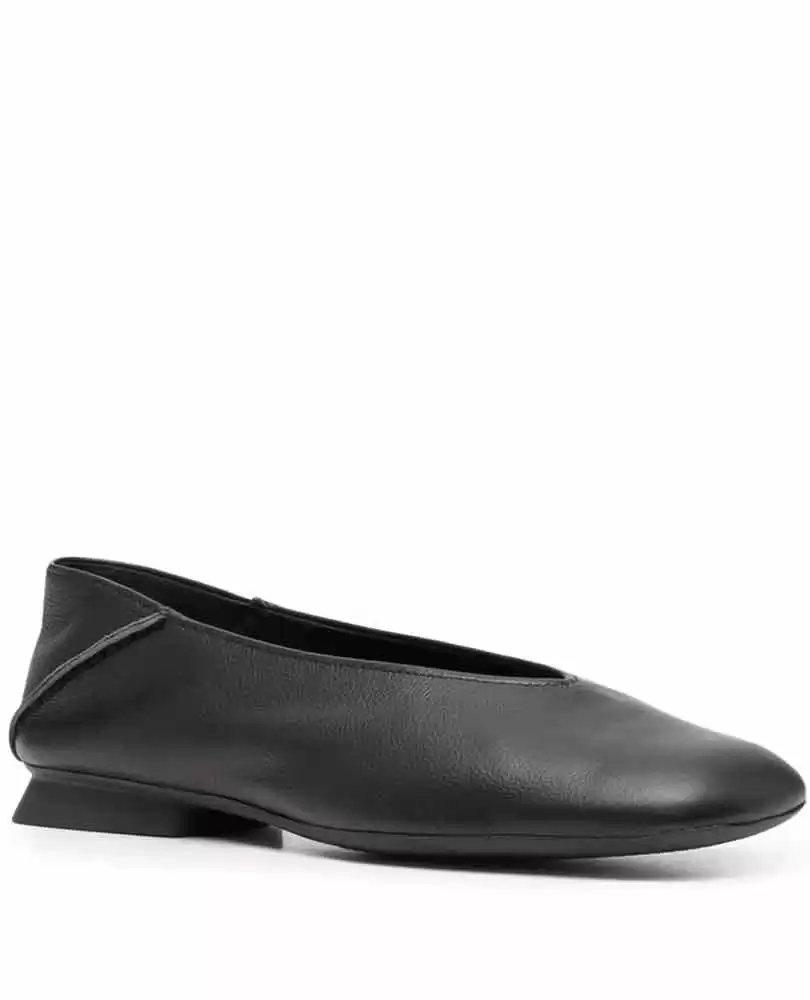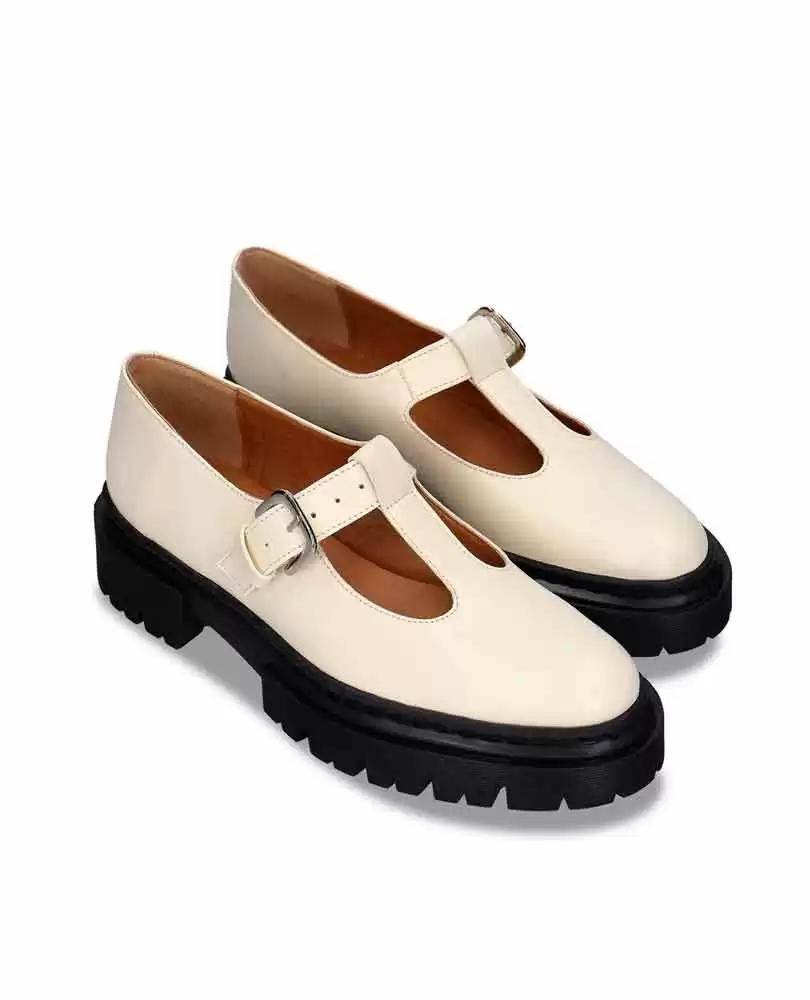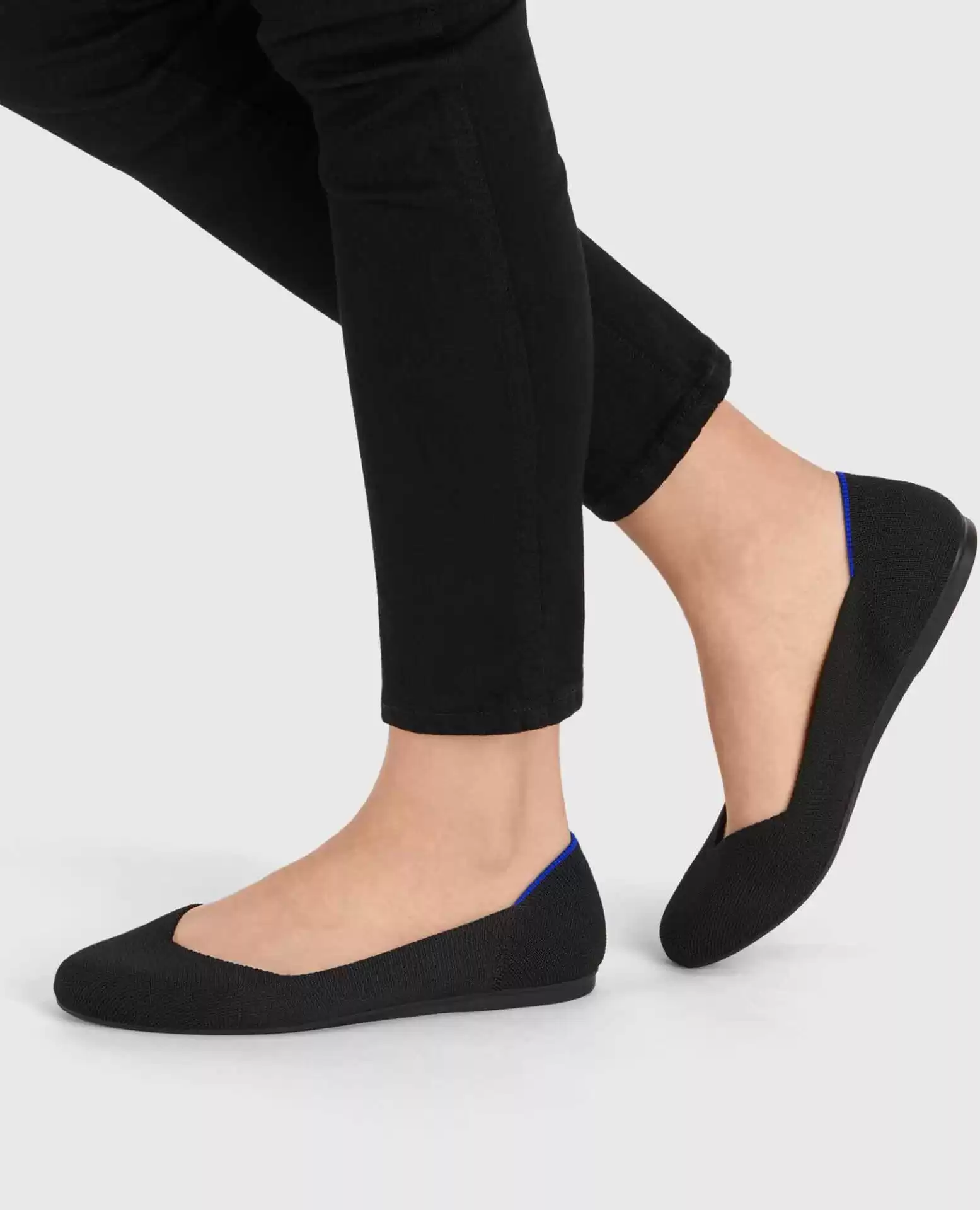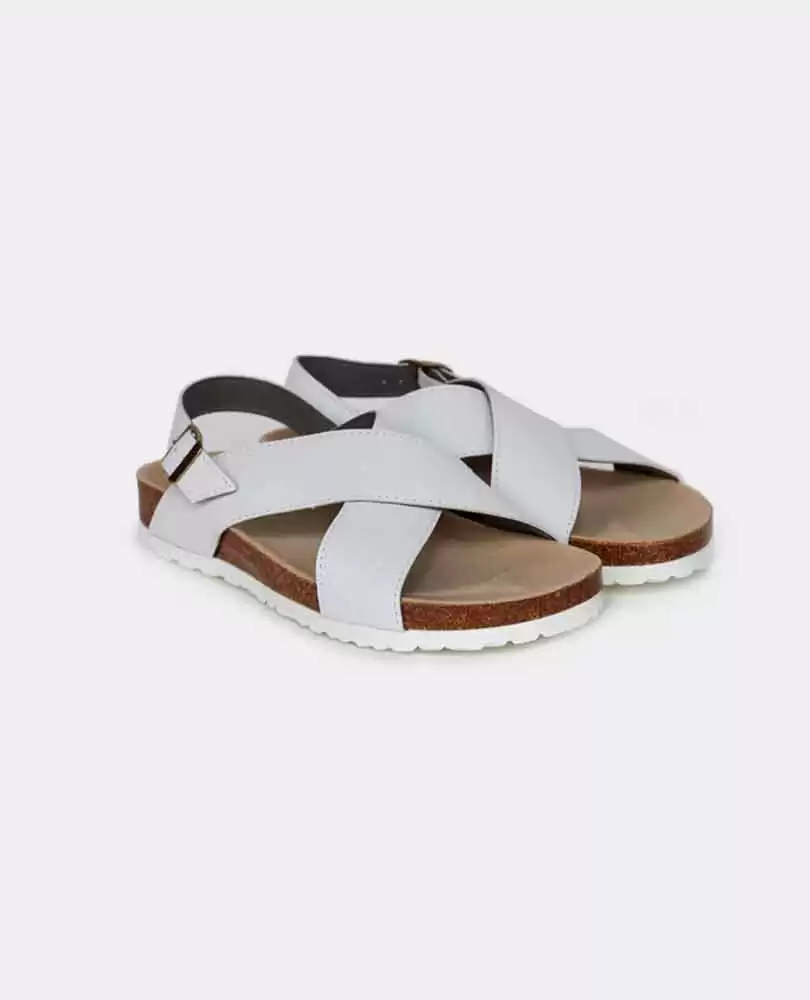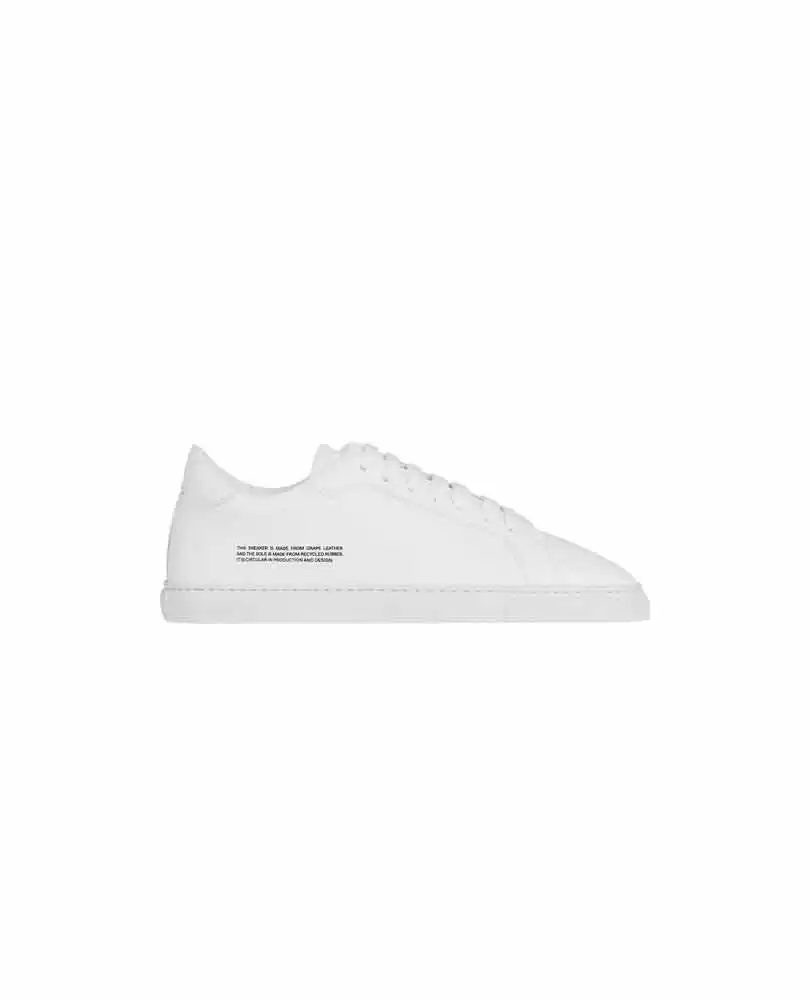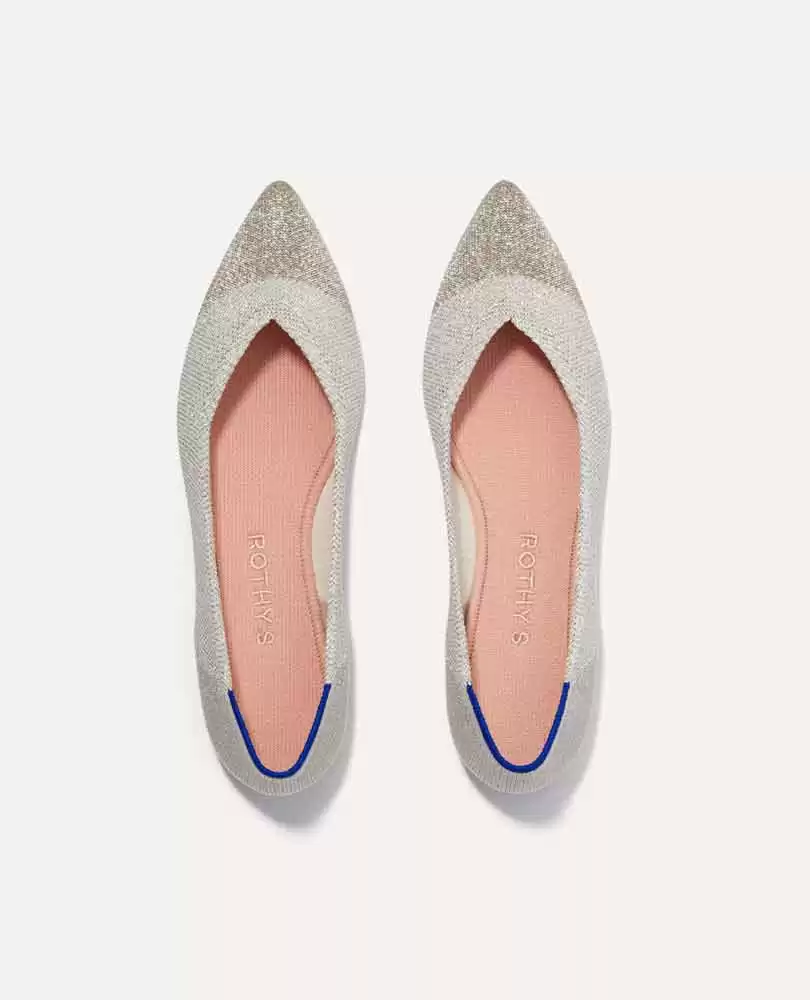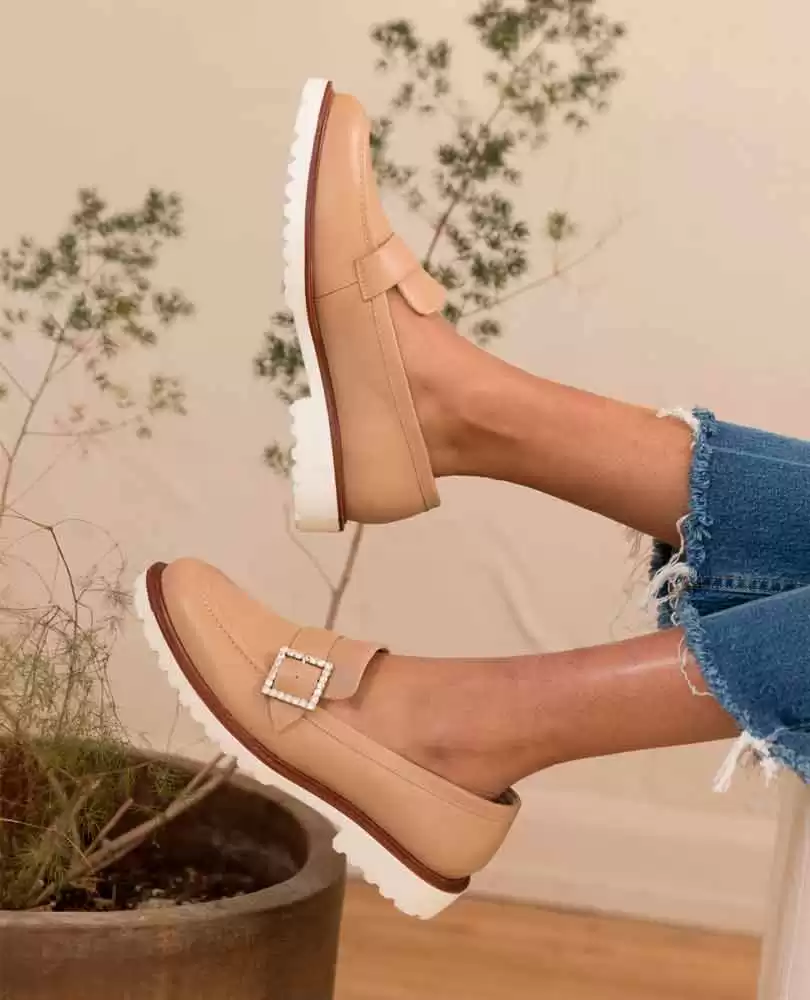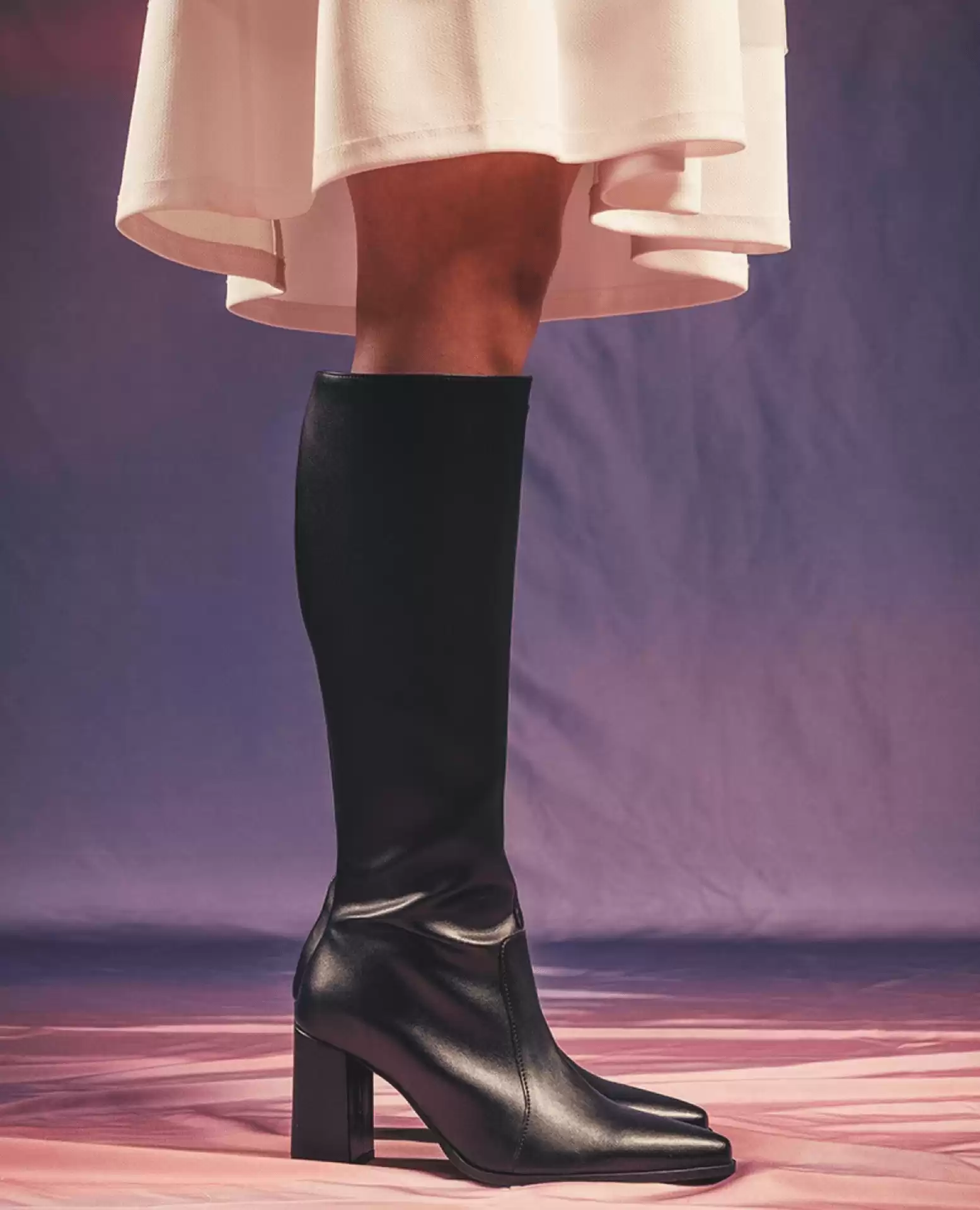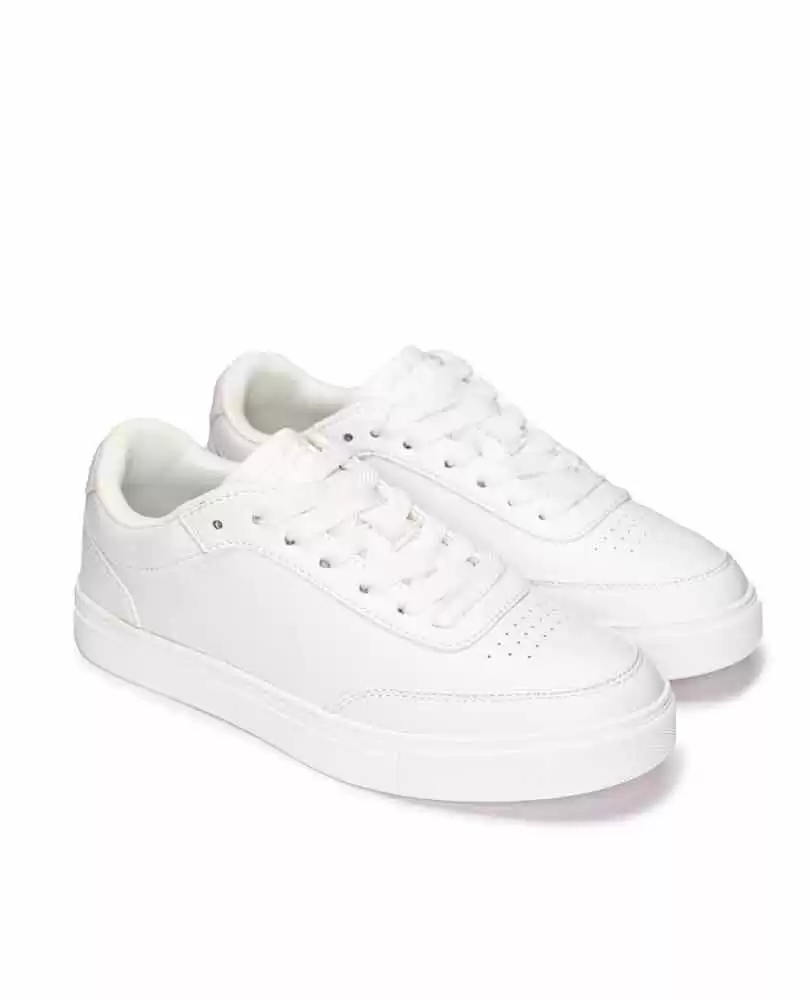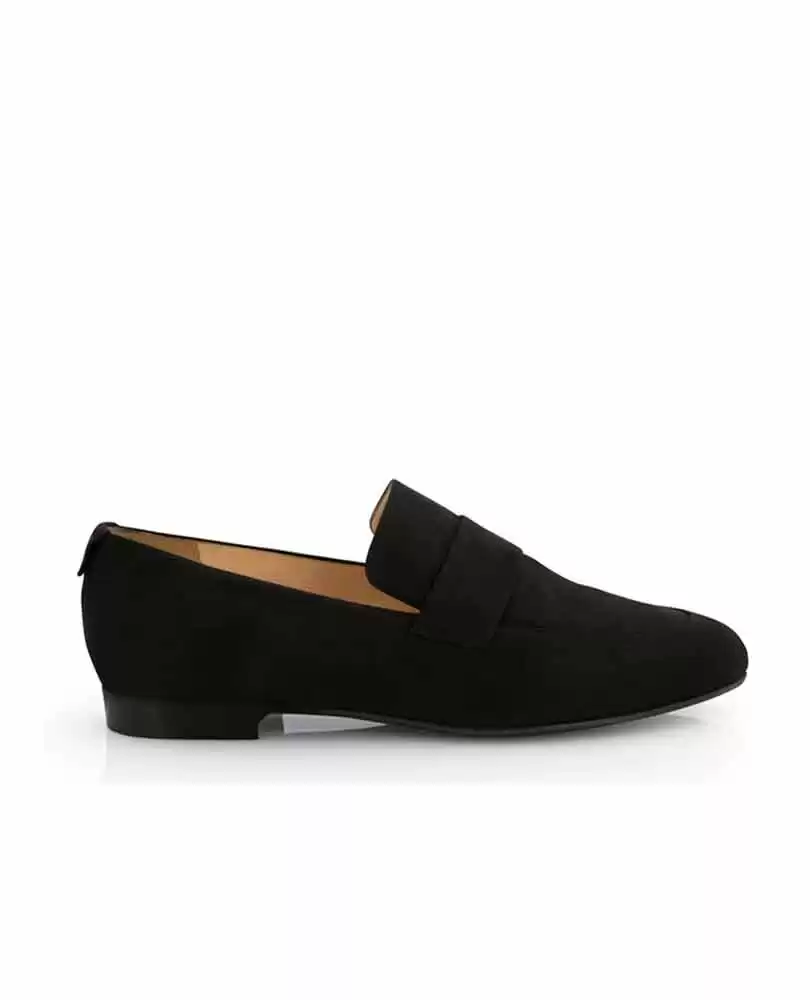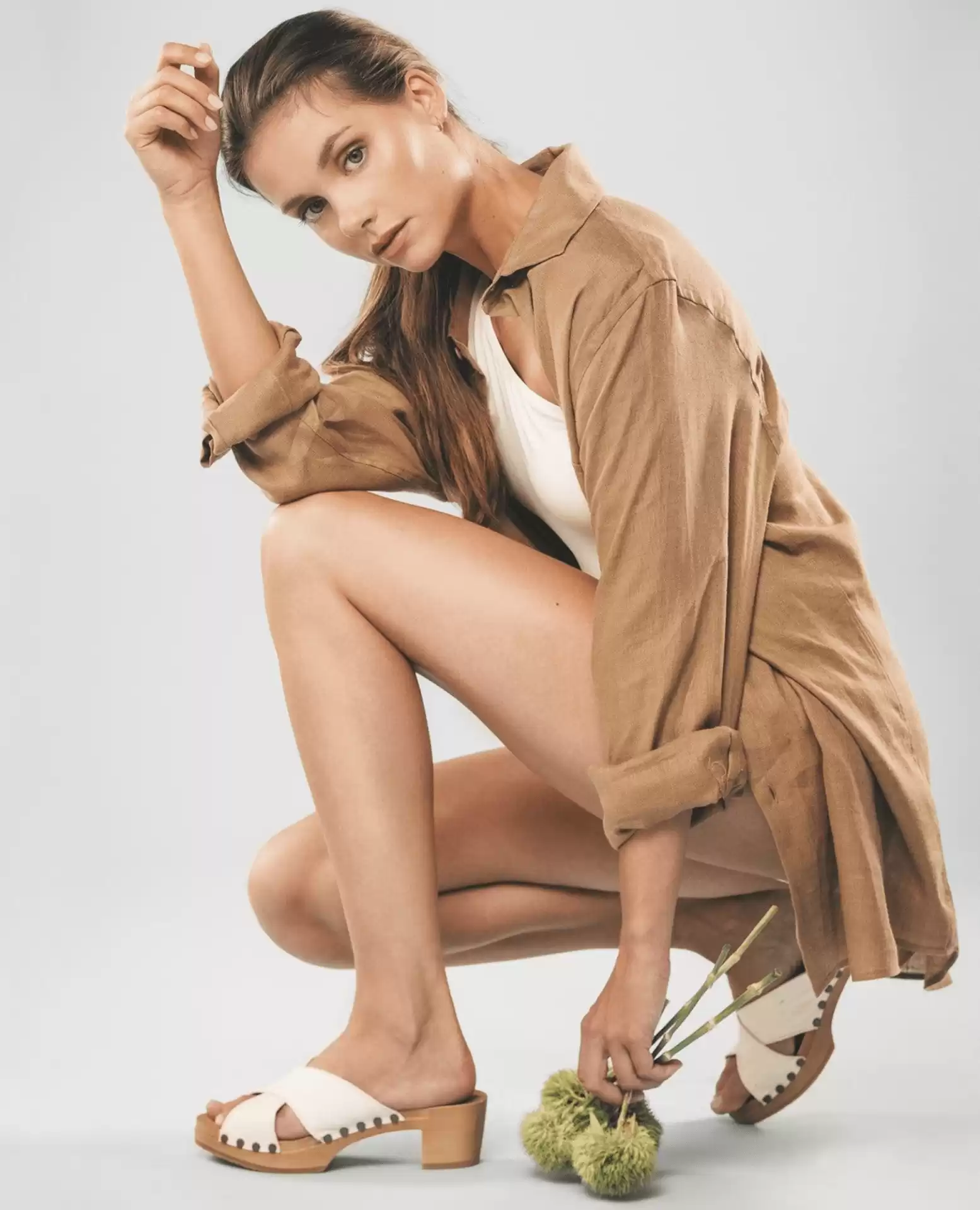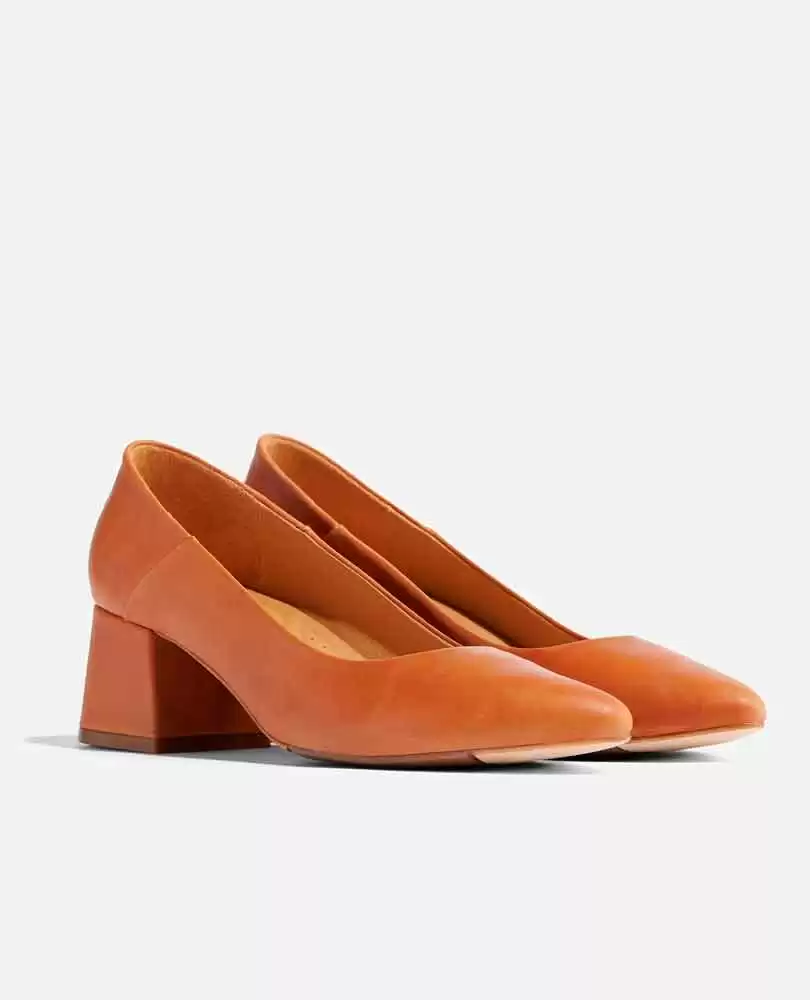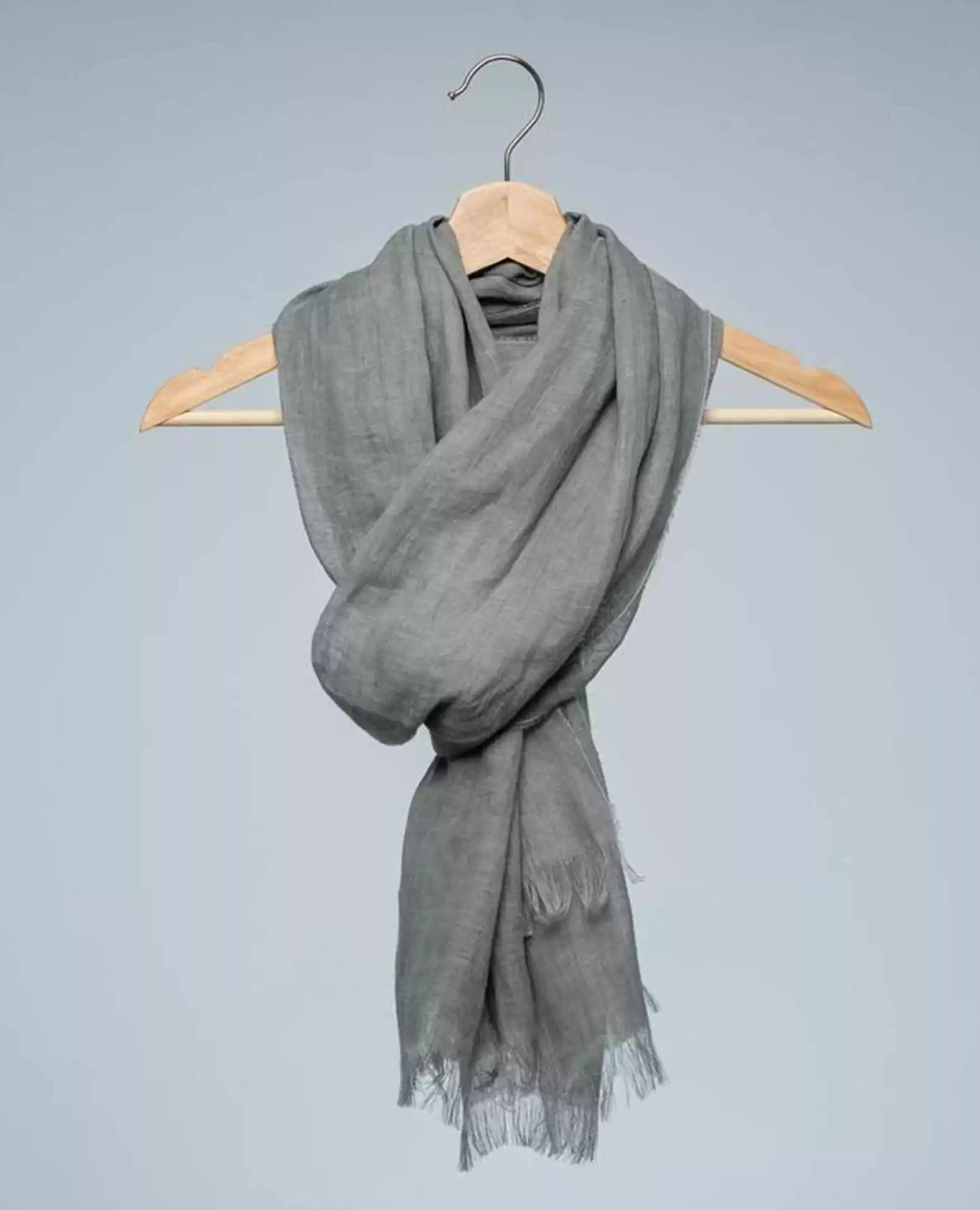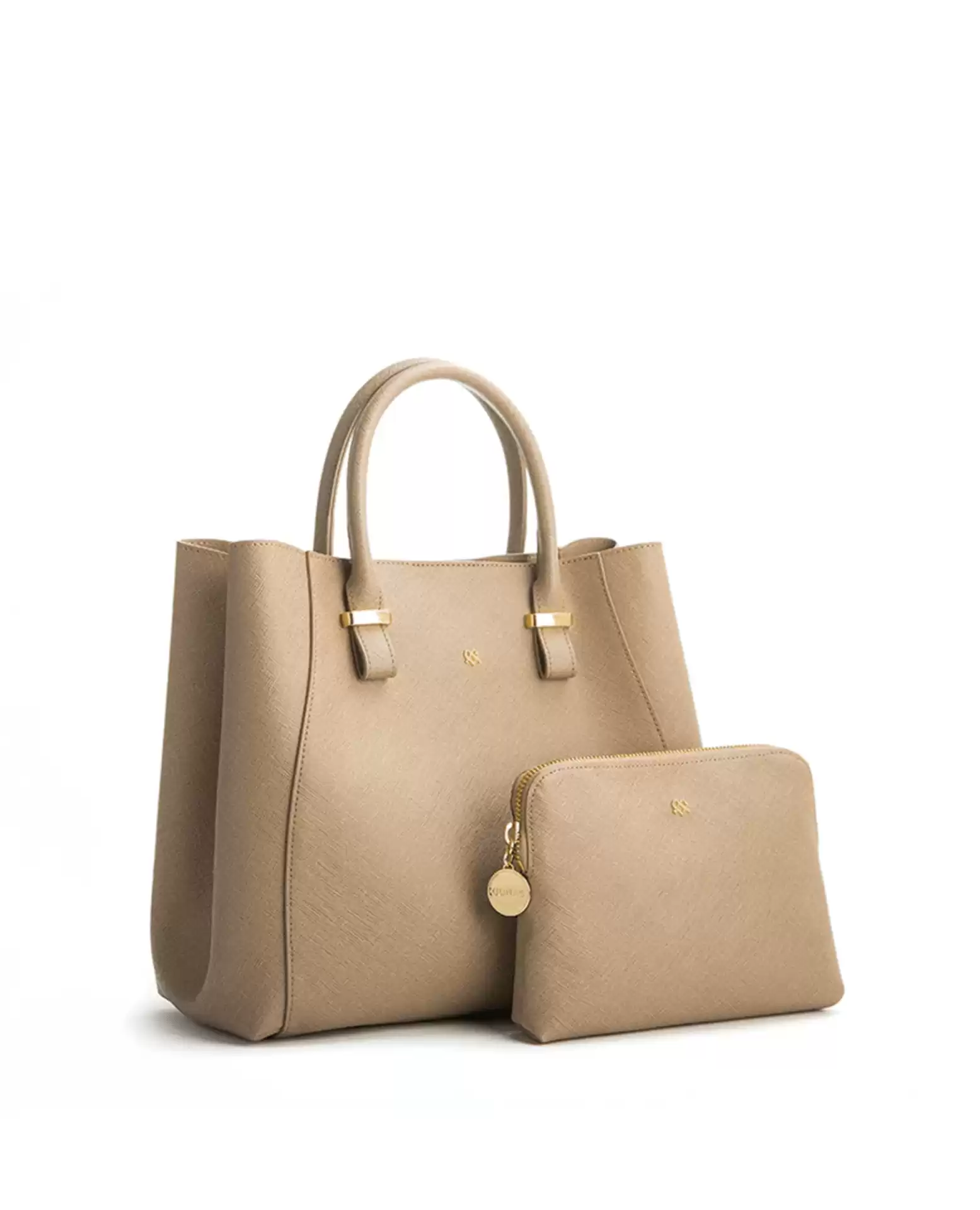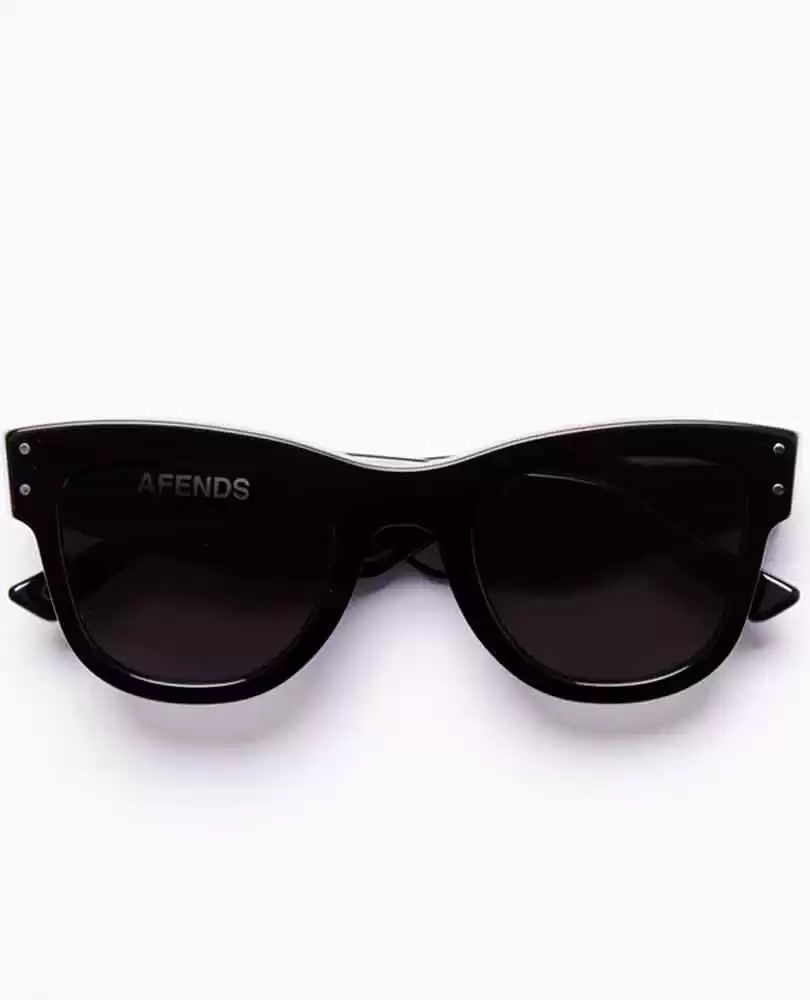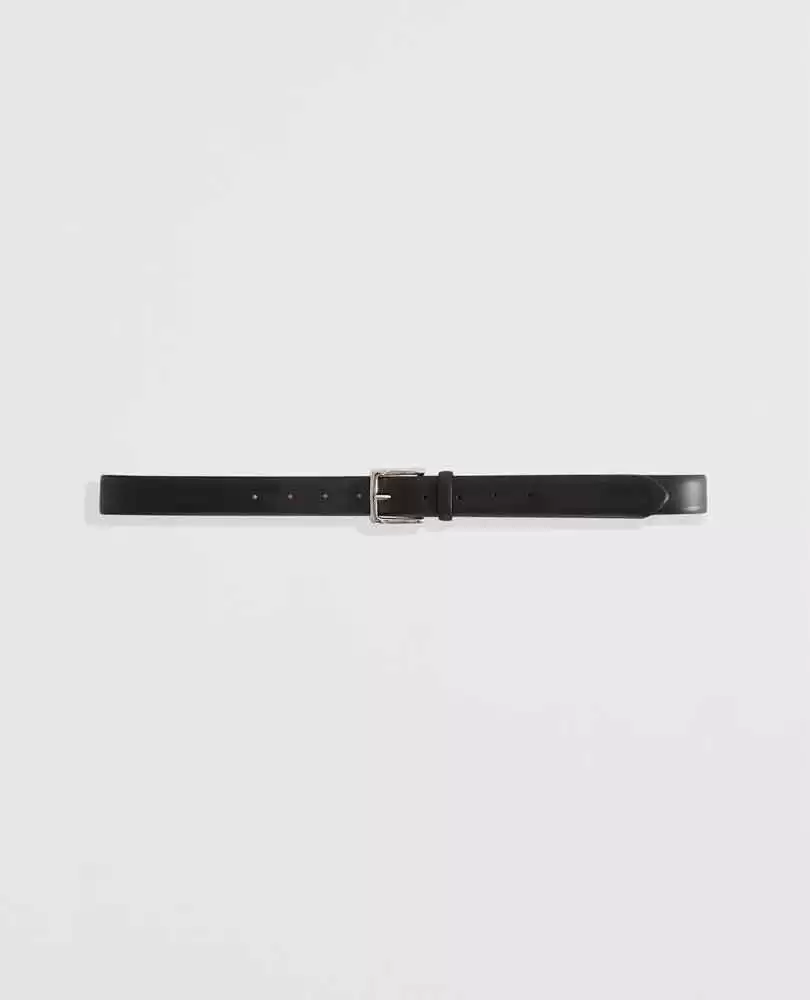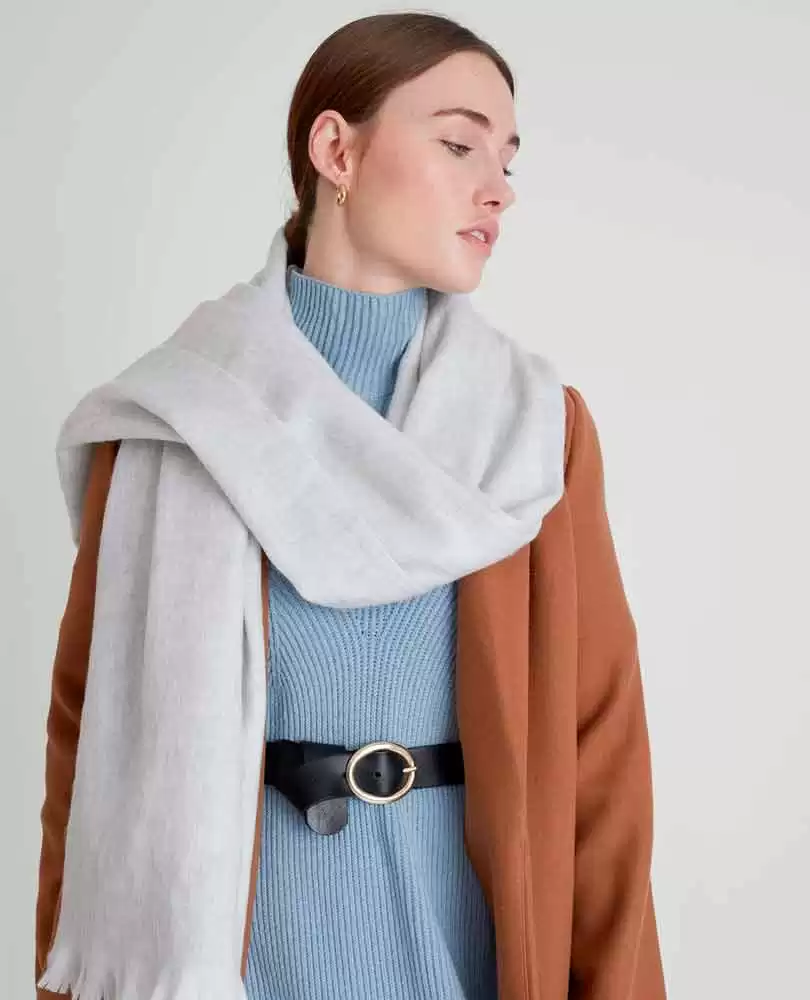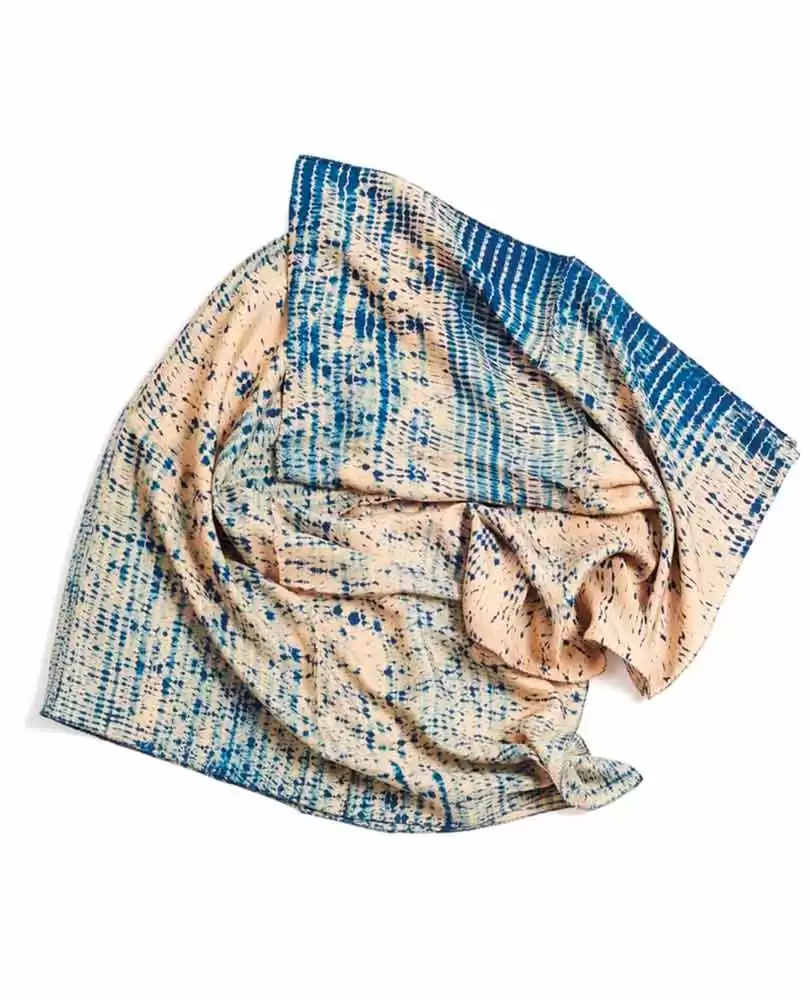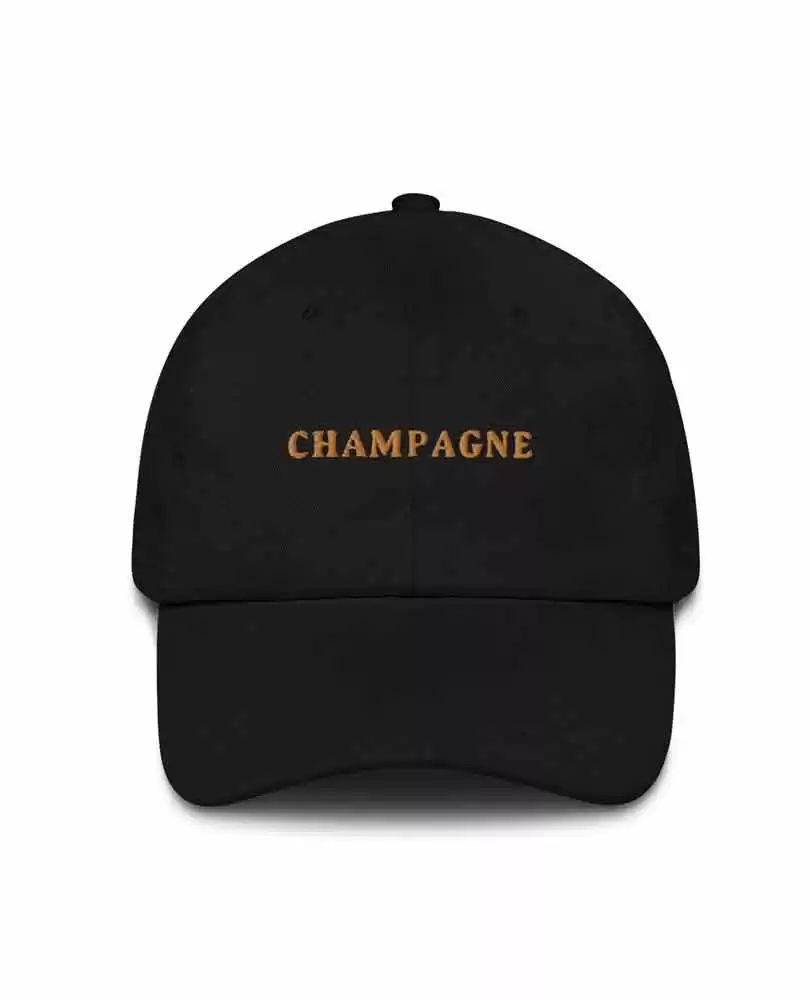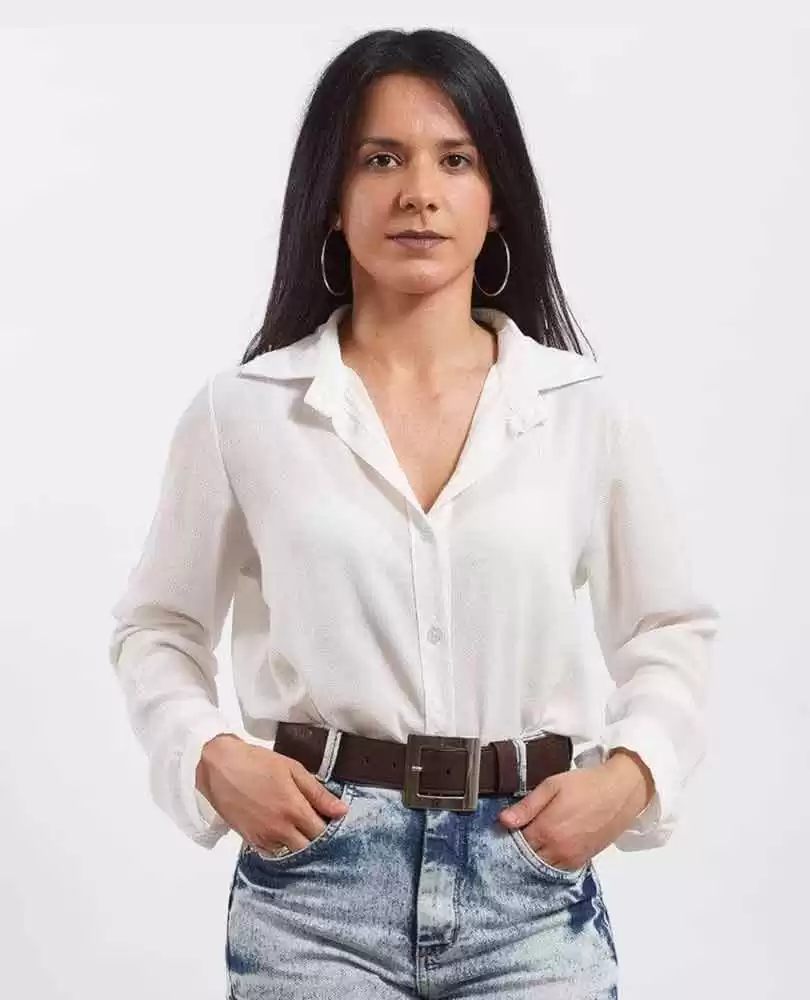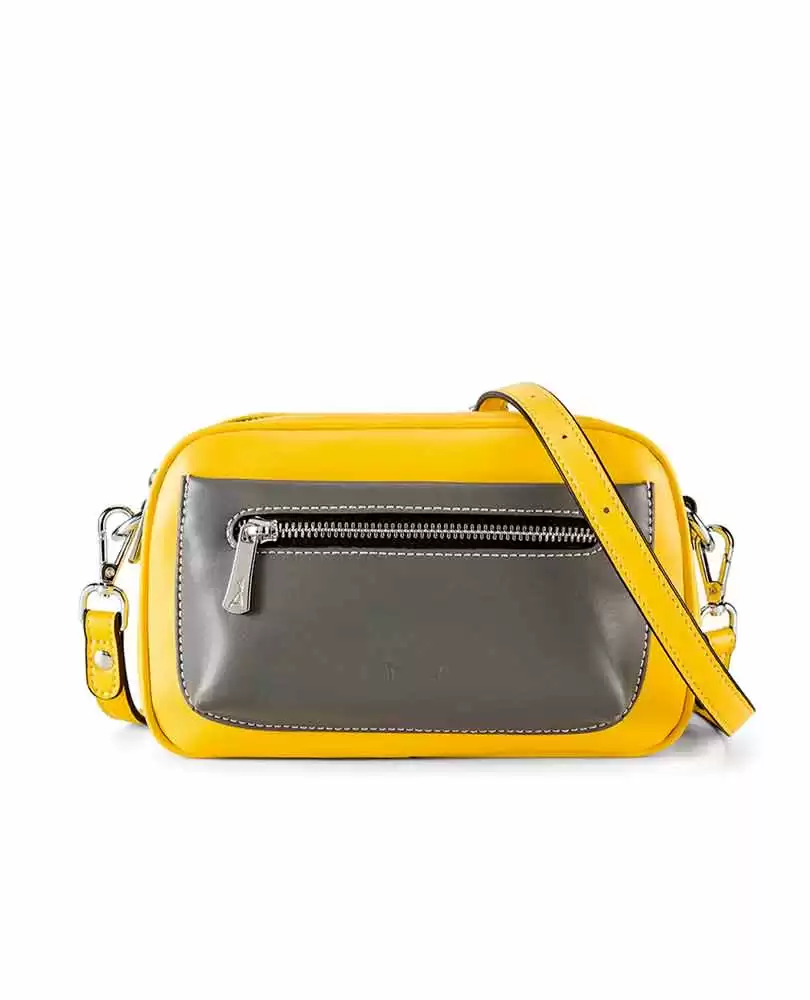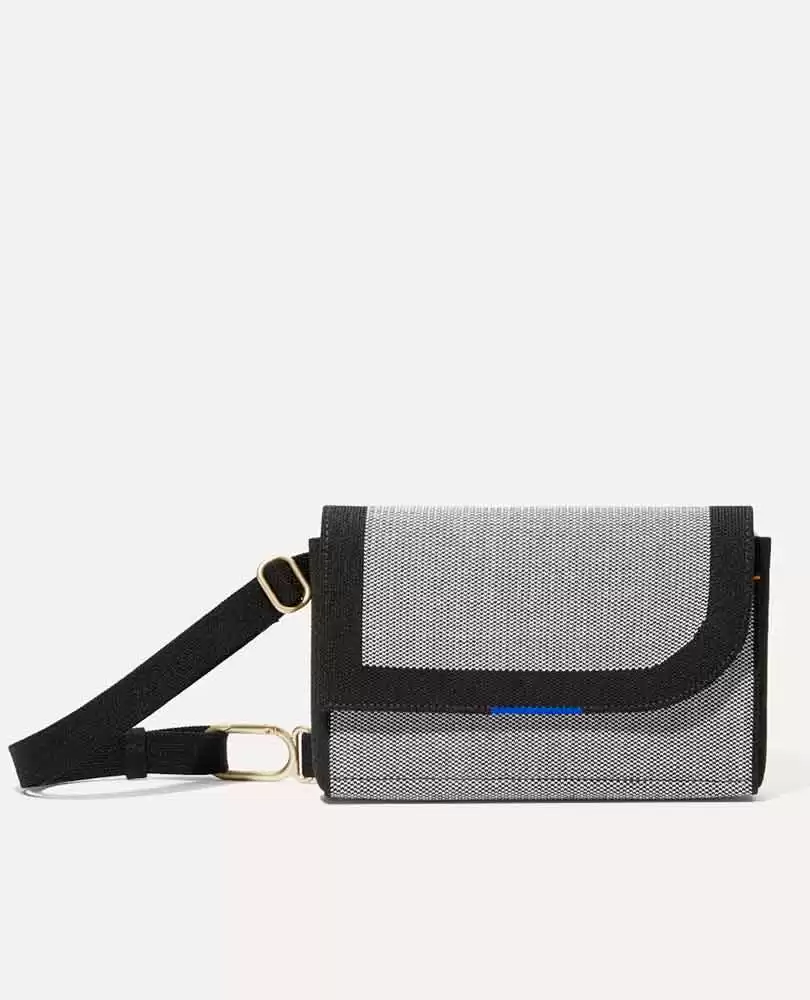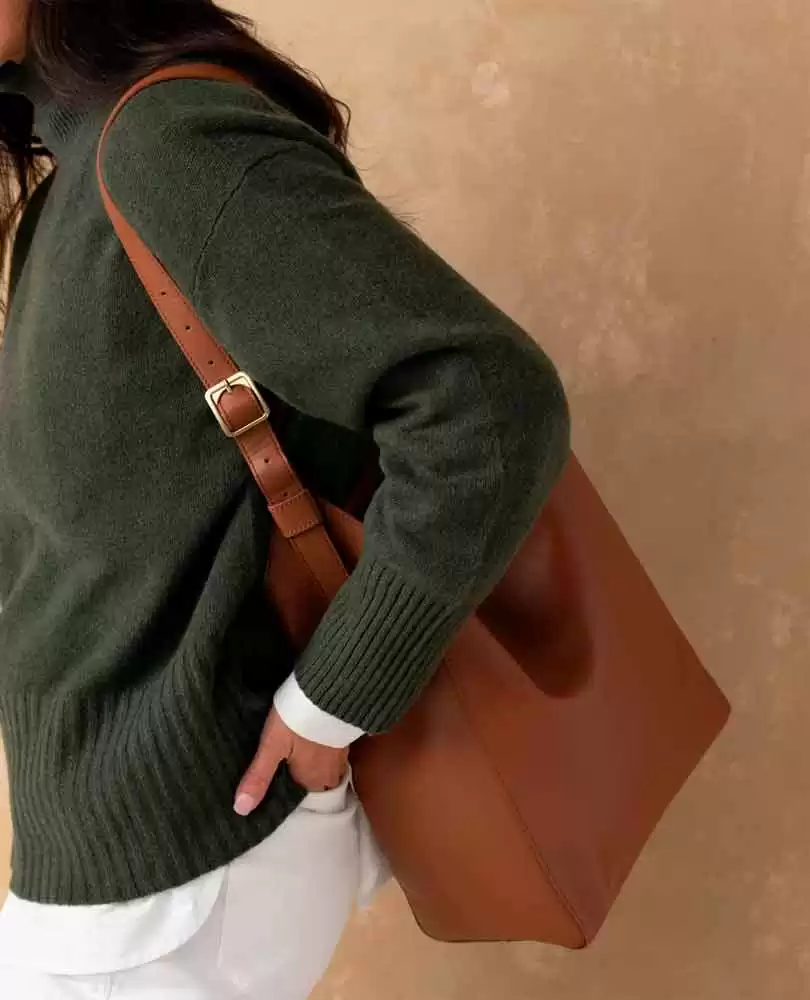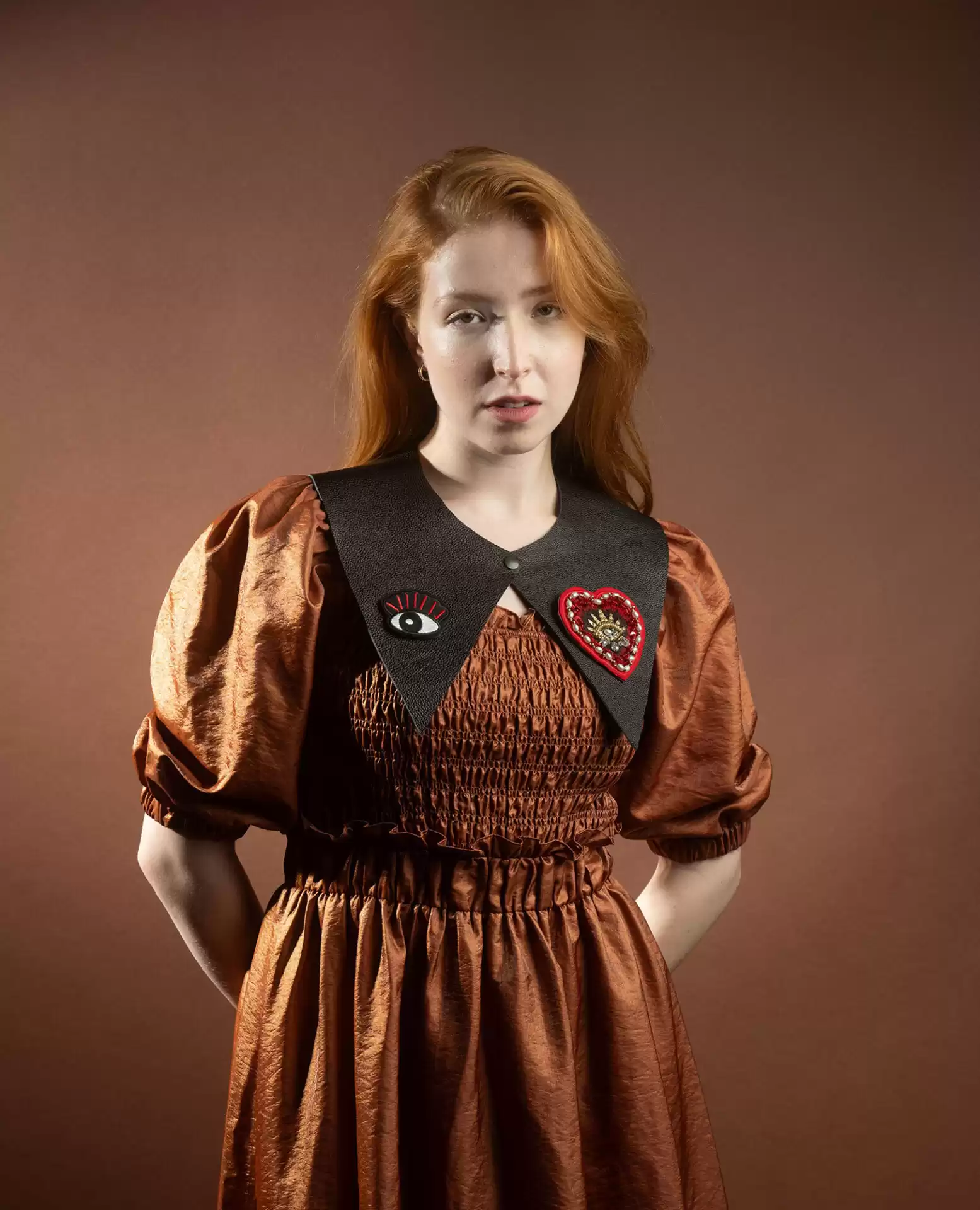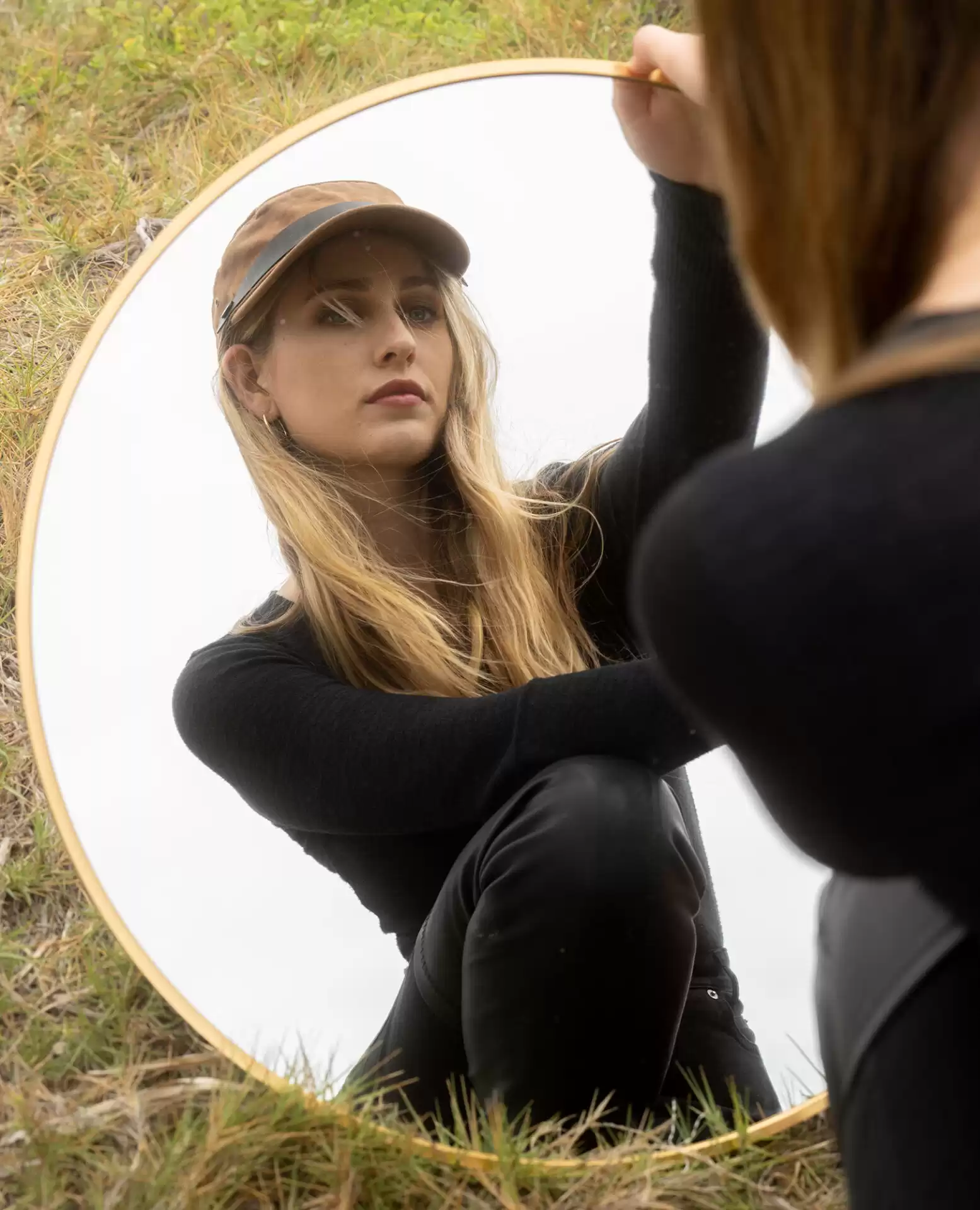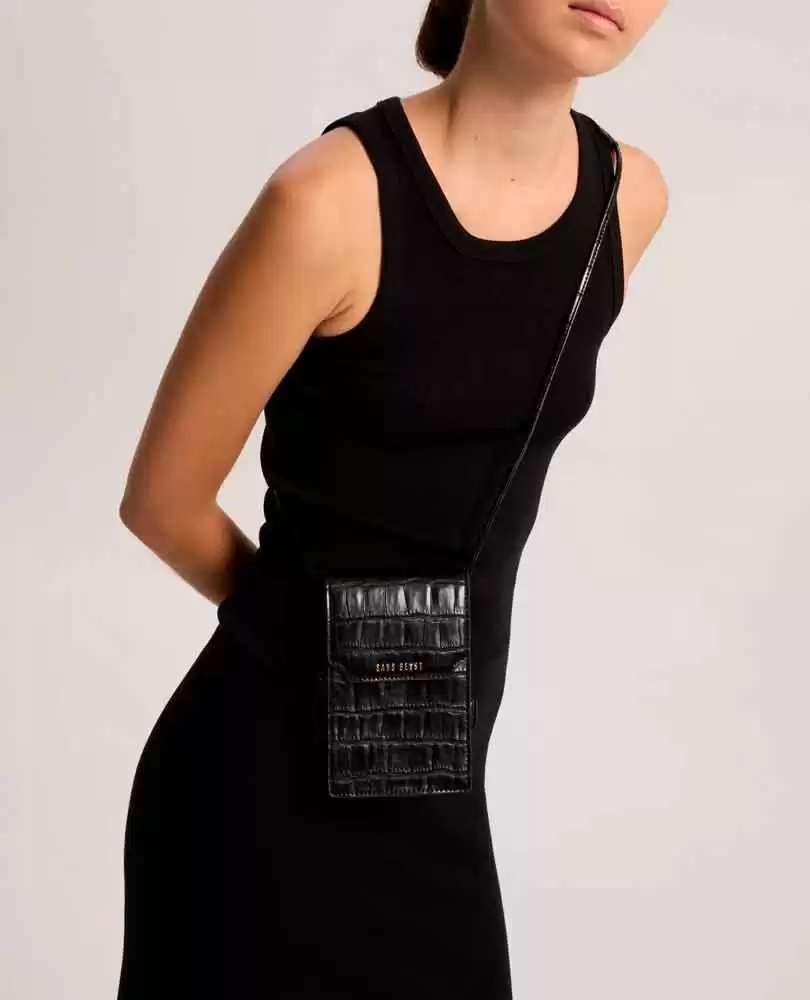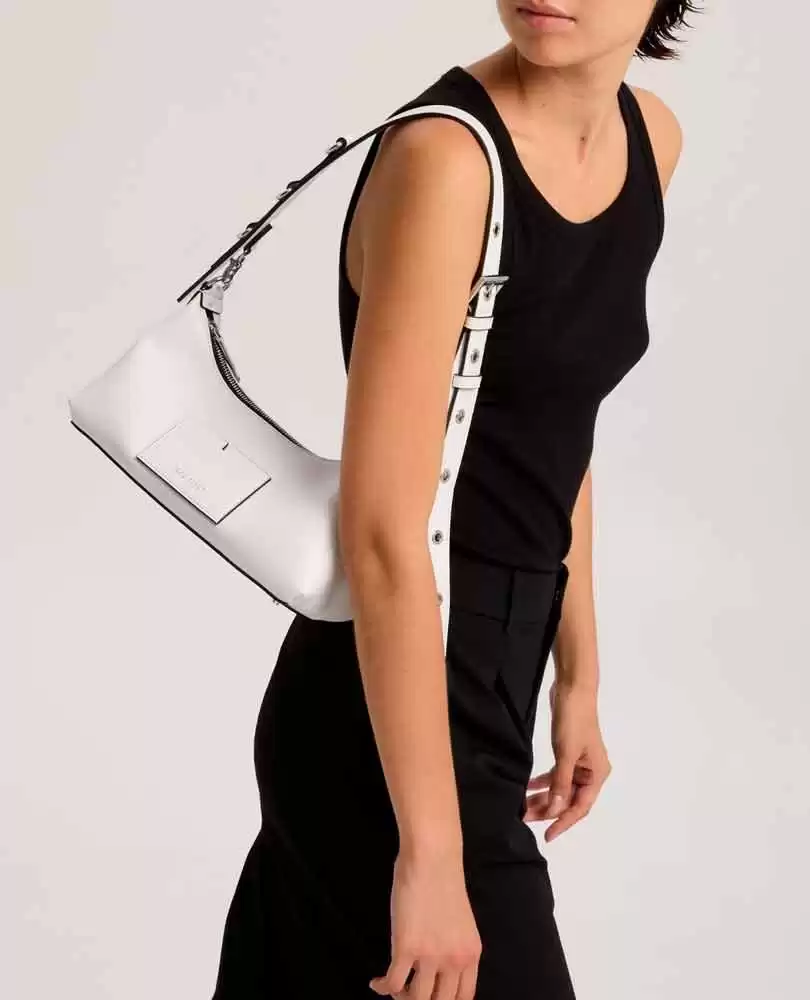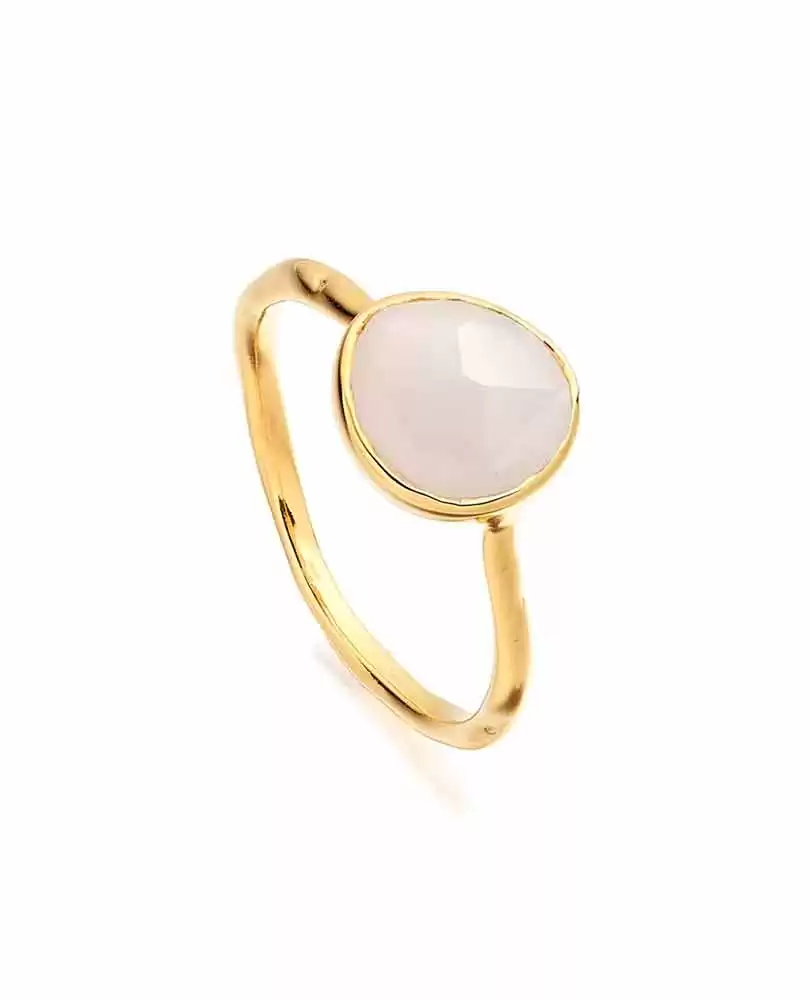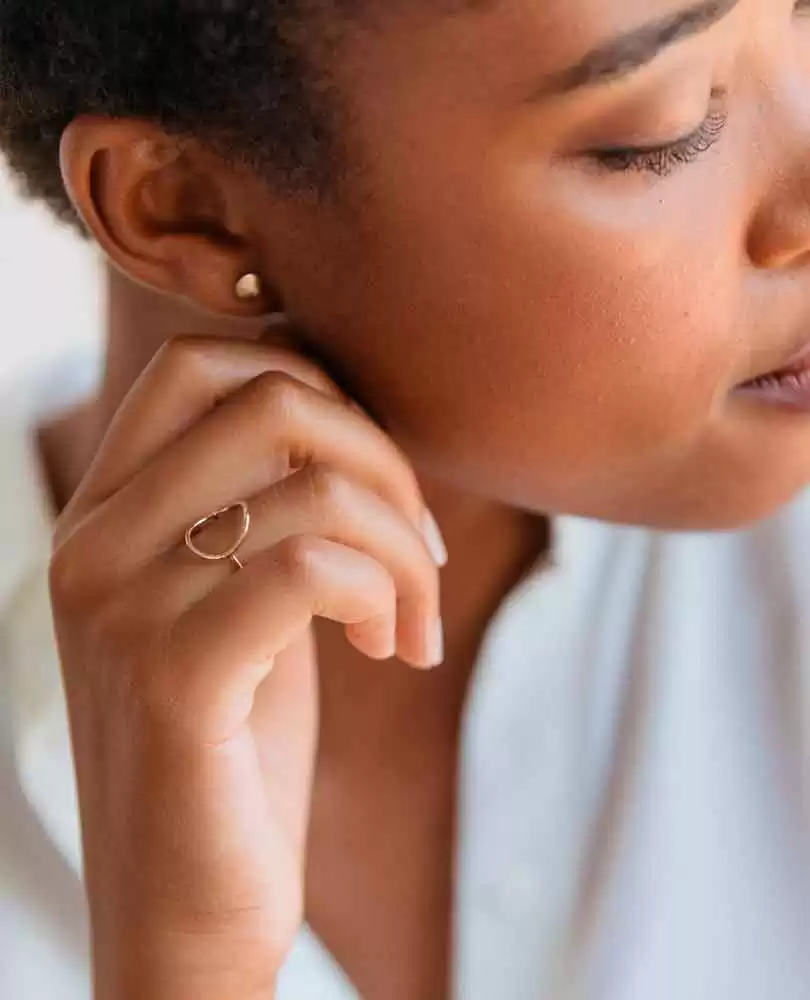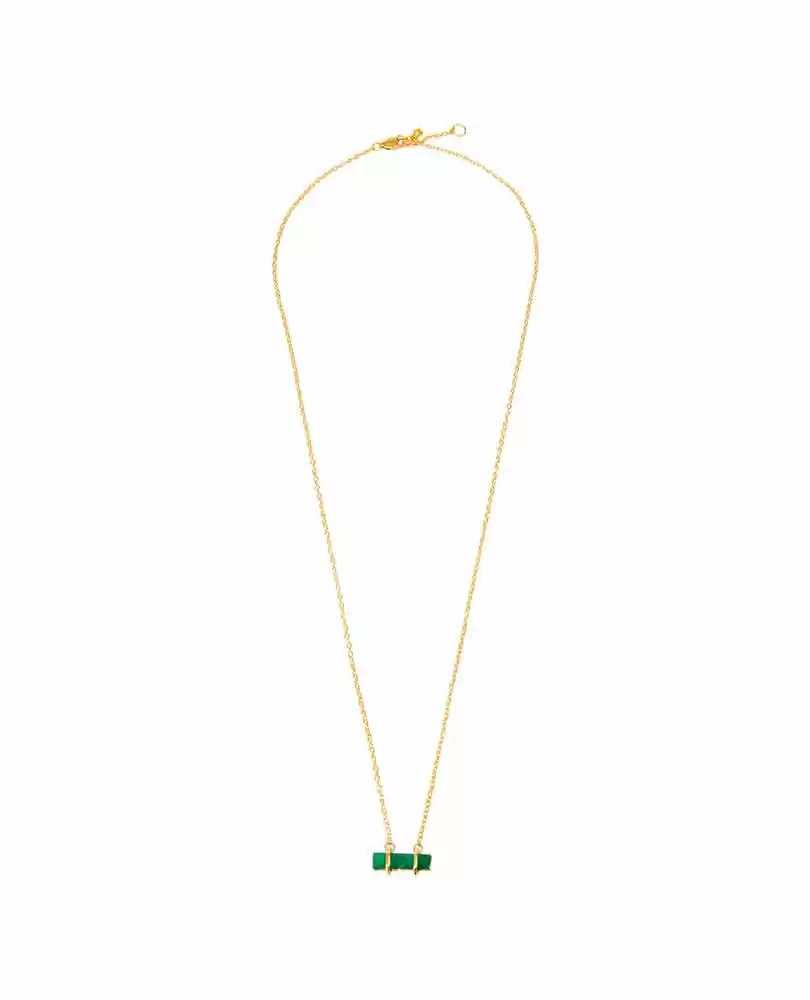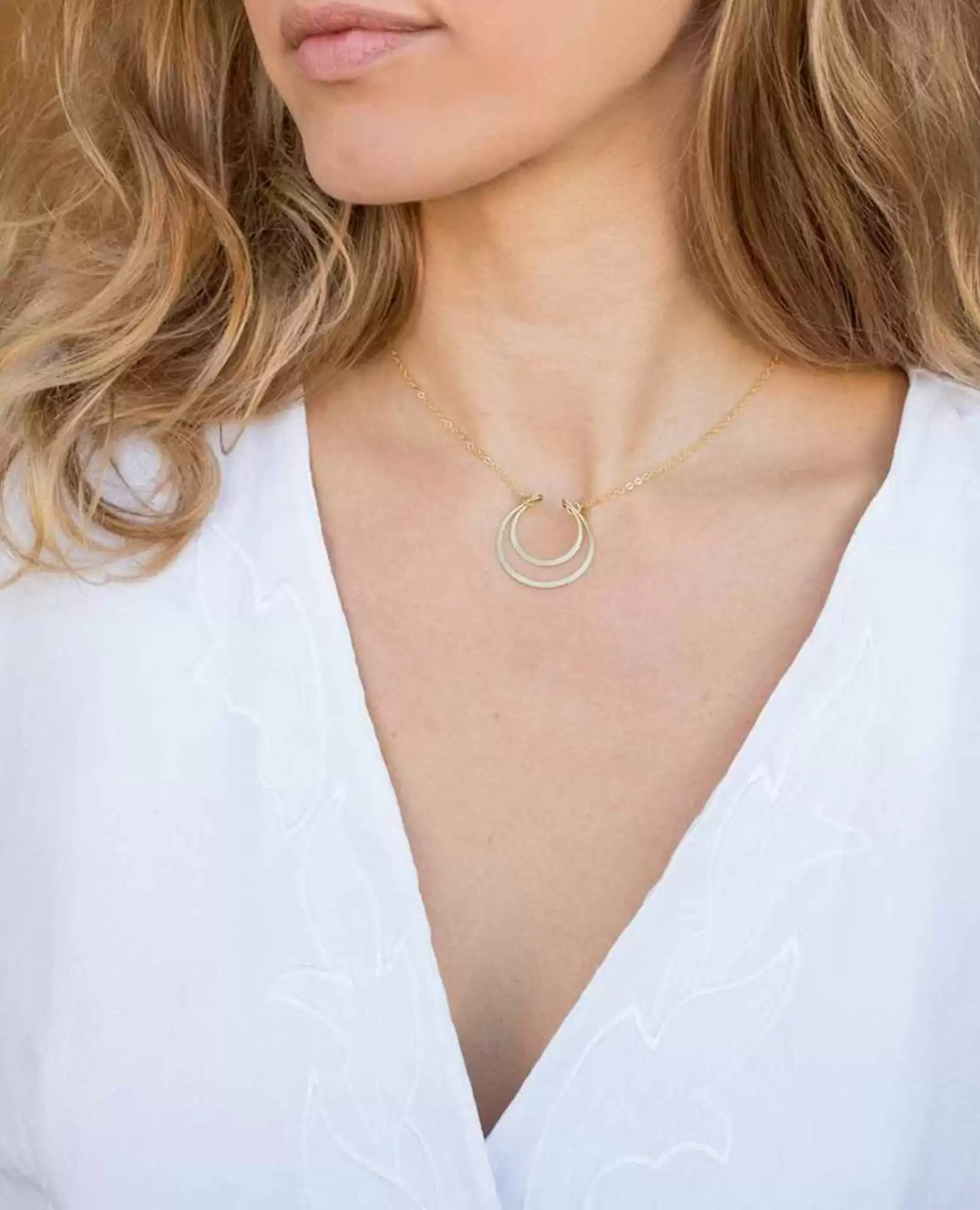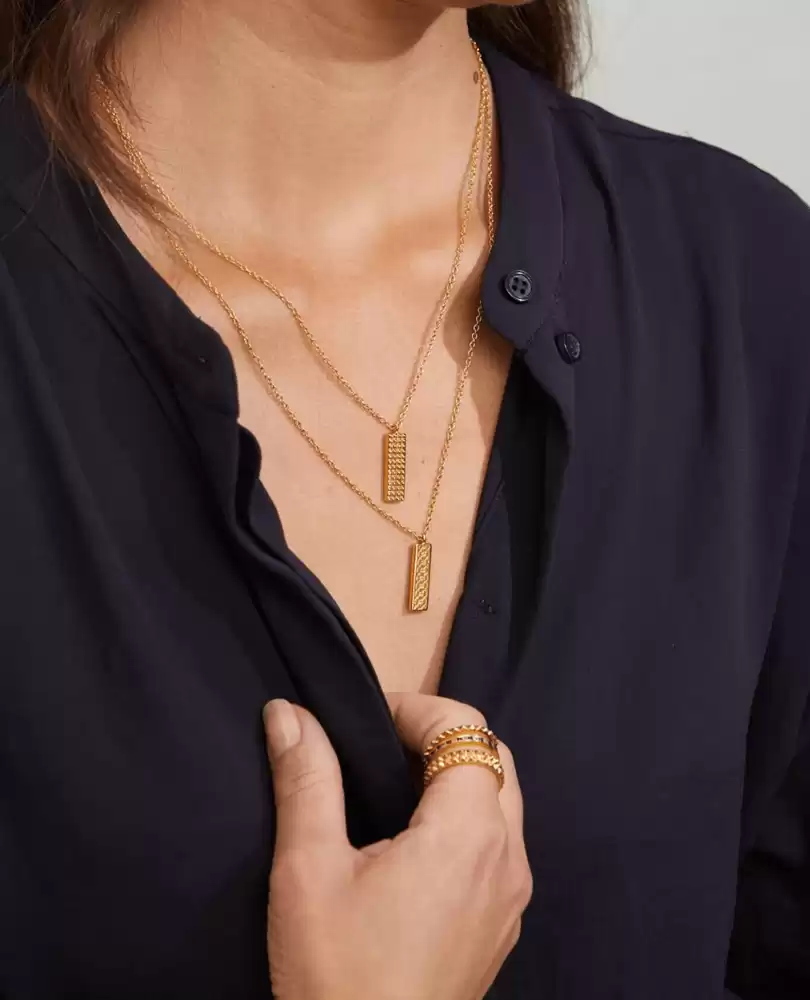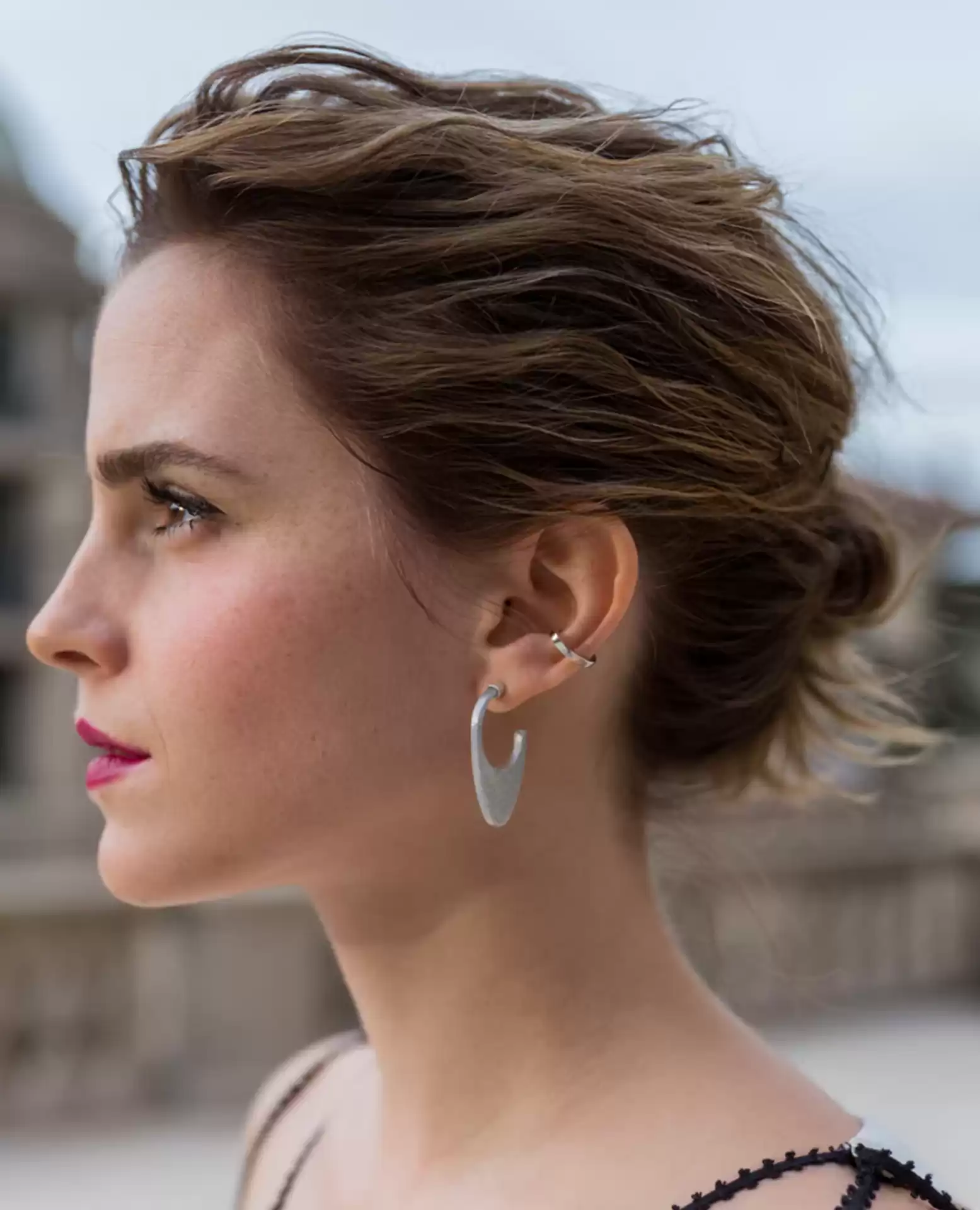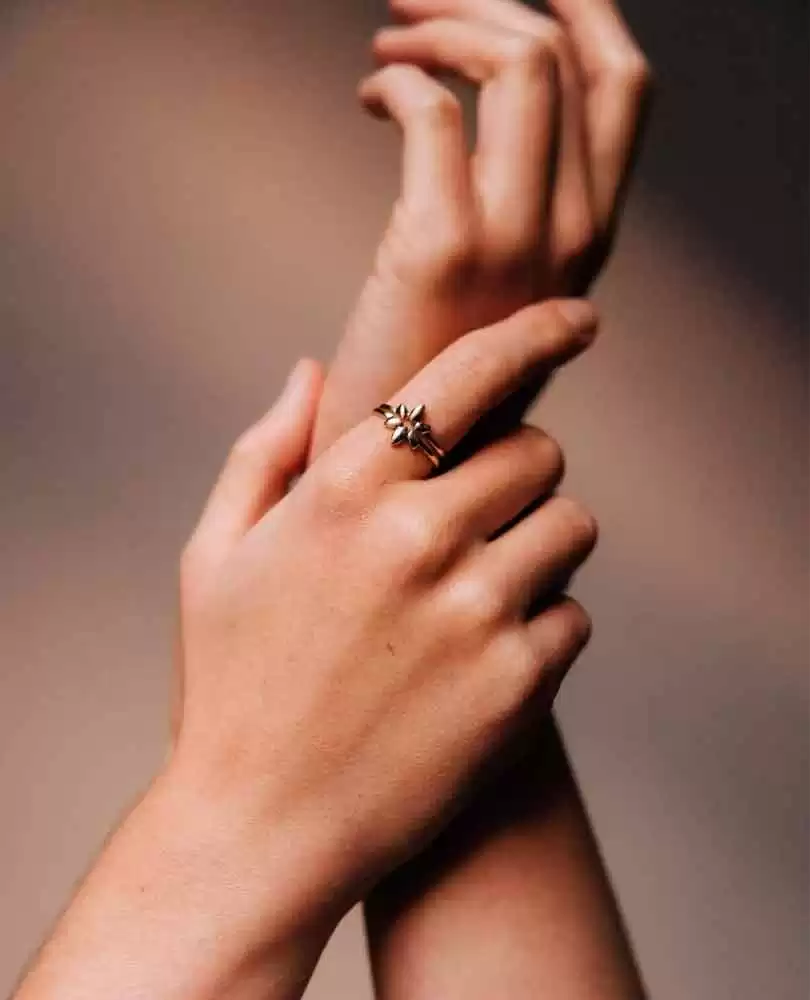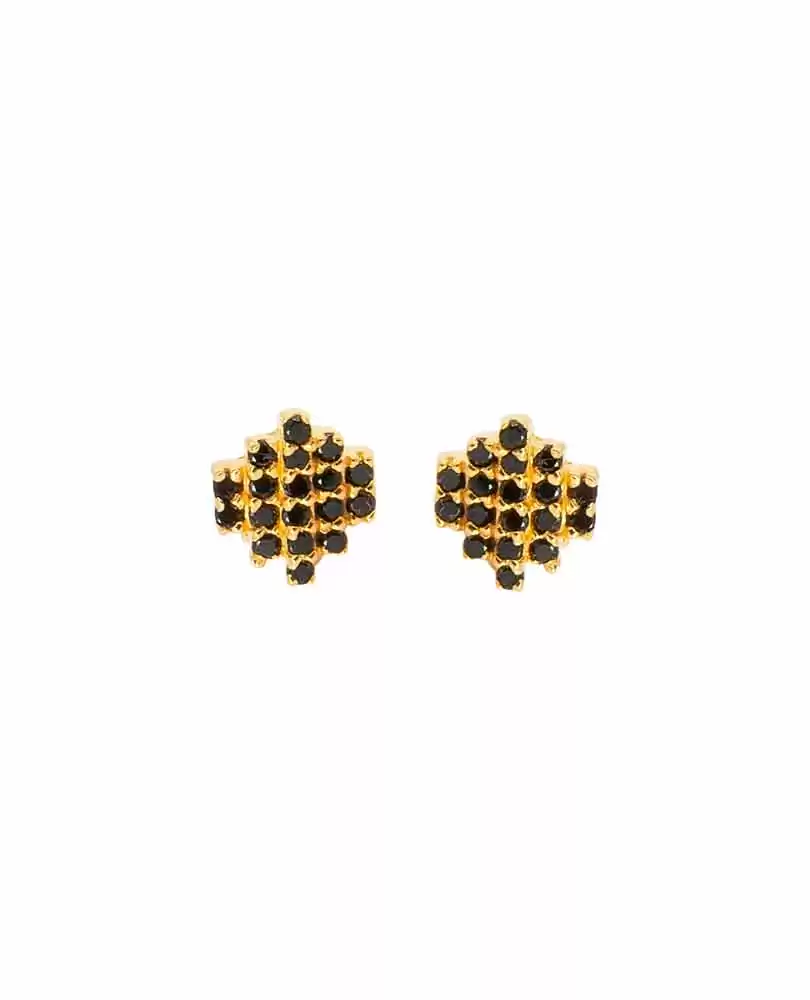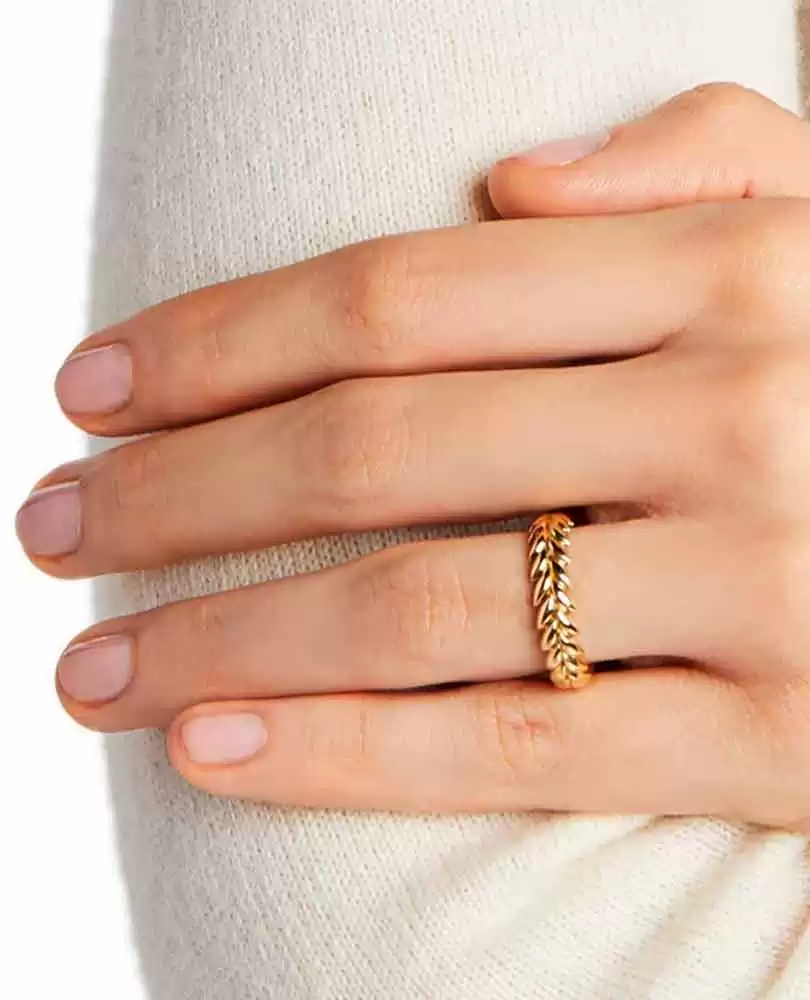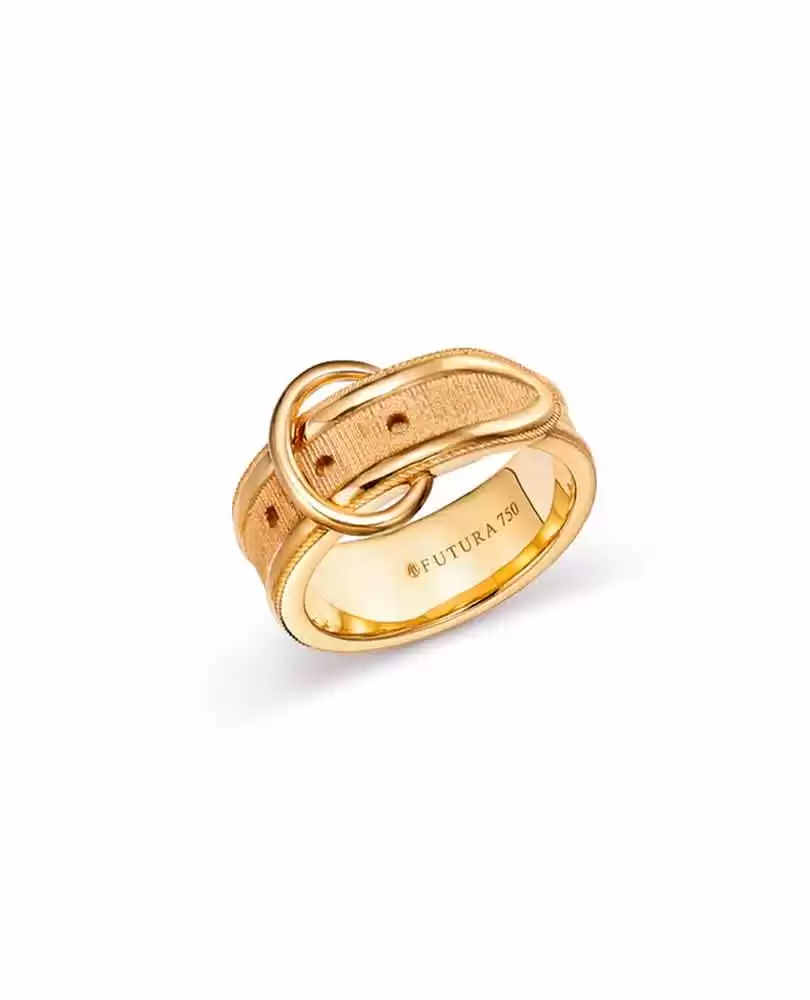For fashion-conscious women, the history of casual style is a journey through cultural changes, social movements, and evolving aesthetics. It’s a style rooted in practicality and comfort, yet enriched by its diverse influences, symbolizing a blend of rebellion, sports, and high fashion.
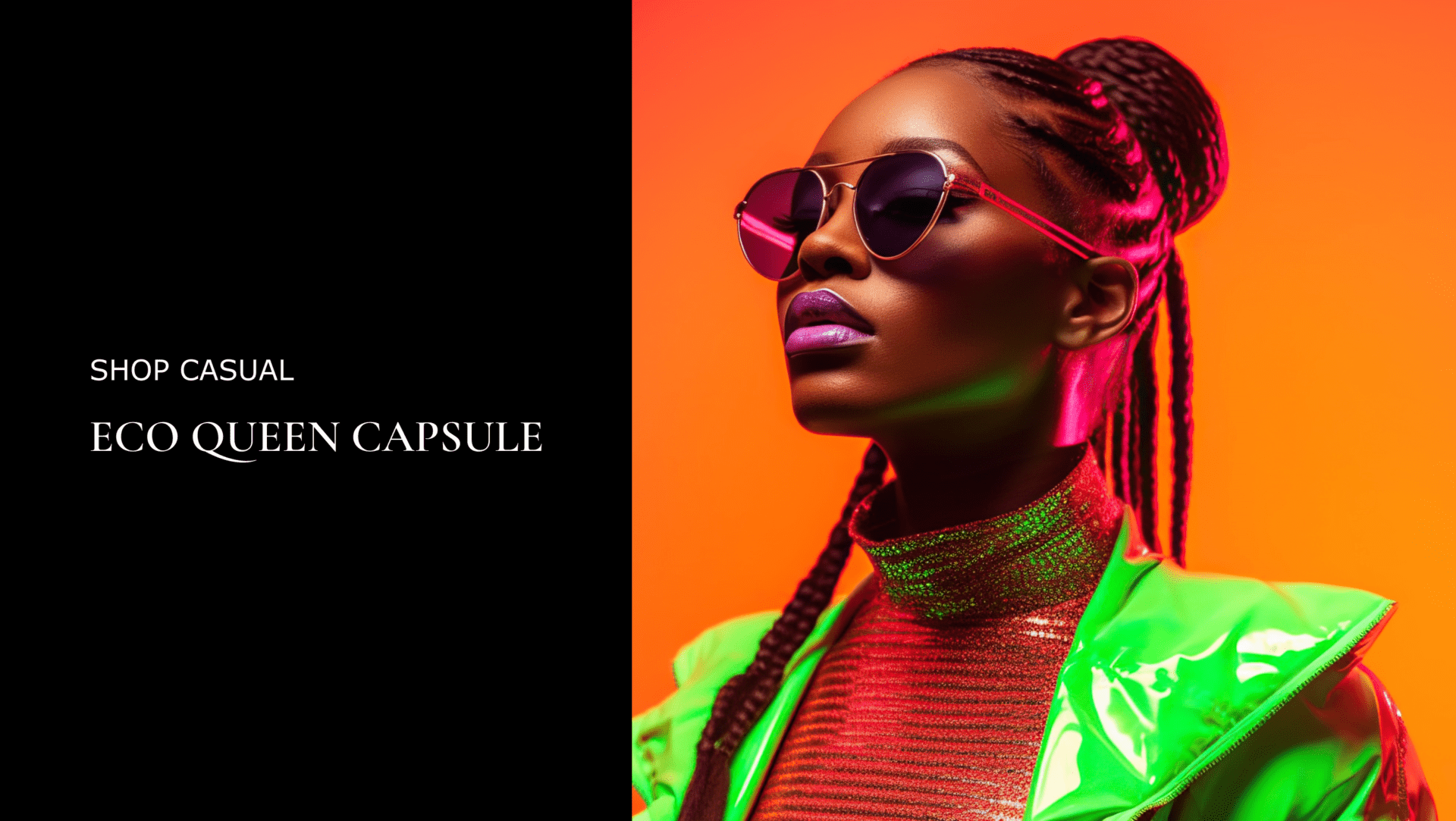
Casual style, characterized by comfort, simplicity, and a relaxed urban vibe, originated in the early 20th century. Influences like the suffragette movement, the emergence of women’s sportswear, and post-war 1920s fashion trends toward simple, work-appropriate attire laid its foundation. Casual wear as we know it today took shape in the late 1940s and early 1950s and is linked to the Teddy Boys, a subculture from the 1950s.
In the 1970s, the British football fans’ style crossed both fan club and international boundaries. Due to football fans, the casual style gained worldwide popularity. From the mid-1980s, casual styles began appearing in collections of renowned designers. High-end brands like Burberry, Cerruti, Armani, and Ralph Lauren started creating luxurious everyday wear. As the fan fashion hit the runways, it detached from its football associations.
Embrace a spectrum of colors, with a special nod to the soothing neutrality of hues like beige, brown, gray, black, and white. When it comes to fabrics, casual style is a celebration of both comfort and sophistication. Imagine the soft embrace of cotton, the rugged charm of denim, the cozy warmth of knitwear, cashmere, and wool, alongside the practical versatility of synthetic fabrics. Think of simple, yet stylish duffle bags, tote bags, and backpacks. These pieces are not just functional; they’re fashion statements that say, “I’m effortlessly cool.”
Disclaimer: Sparkpick has affiliate partnerships and may receive a share of the revenue from your purchase at no additional cost to you. Thank you for supporting our work and sustainable fashion.
Casual tops
Key wardrobe staples: White T-shirt, denim shirt, striped top, silk blouse, and knit sweater are versatile and timeless pieces. They can be dressed up or down, making them perfect for layering or wearing on their own.
Casual jackets
Key wardrobe staples: Denim jacket, leather moto jacket, utility jacket, blazer, and trench coat are essential and versatile pieces. Each brings a unique style, from adding a casual yet stylish touch to providing a bit of attitude, practicality, smartness, or classic chic.
Casual bottoms
Key wardrobe staples: Classic blue jeans, black leggings, tailored trousers, denim shorts, and A-line skirt are versatile and essential pieces.
Casual shoes
Key wardrobe staples: White sneakers, flat sandals, ankle boots, ballet flats, and loafers or slip-ons are versatile and comfortable choices.
Casual accessories
Key wardrobe staples: A classic leather belt, minimalist jewelry, tote bag, sunglasses, and scarf are versatile and timeless accessories. They add polished touches, subtle enhancements, and chic elements to any outfit, making them perfect for everyday use and layering with casual attire.
Casual jewelry
Key wardrobe staples: Simple stud earrings, a delicate chain necklace, a minimalist bracelet, a classic watch, and a dainty ring are versatile and timeless pieces.

